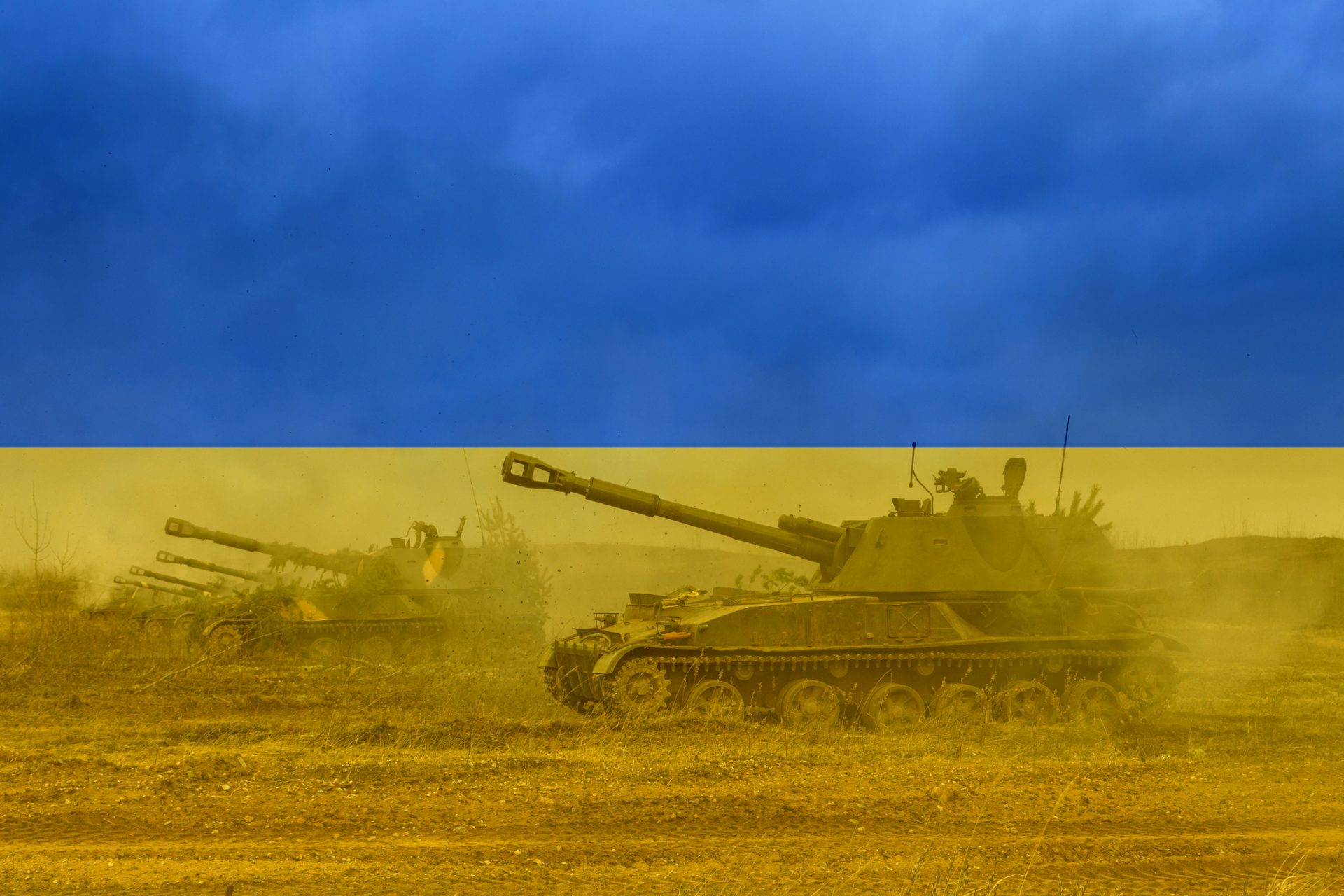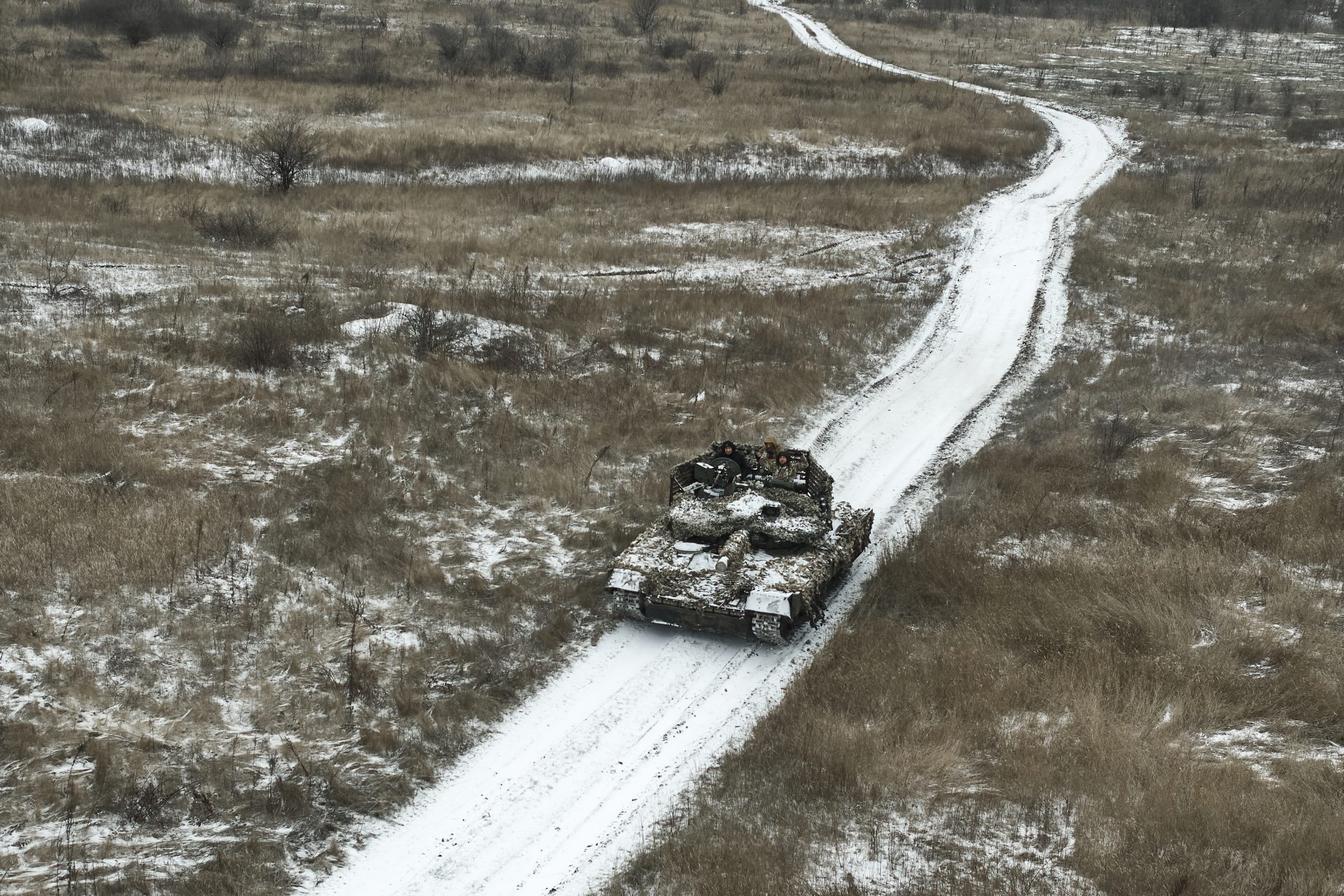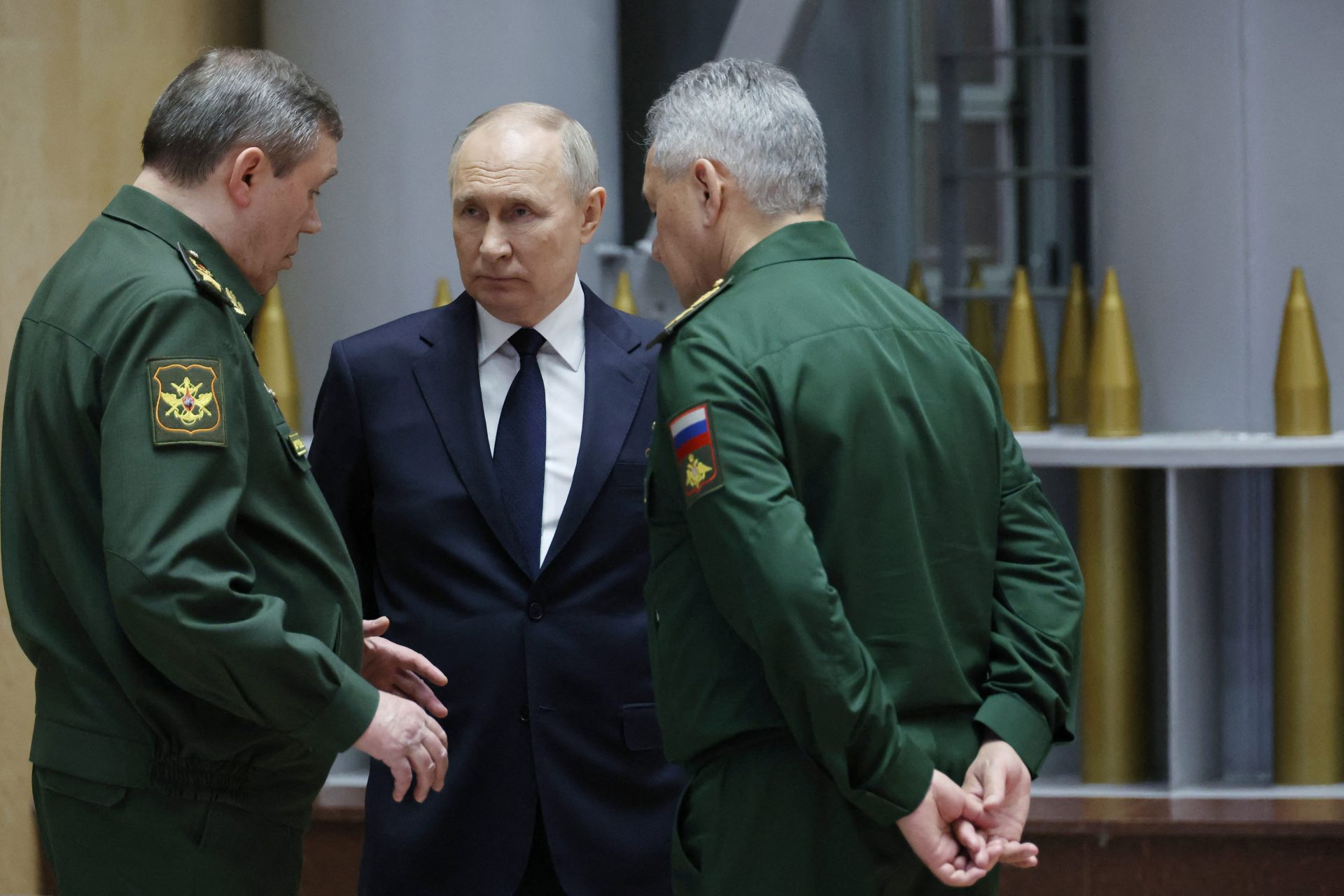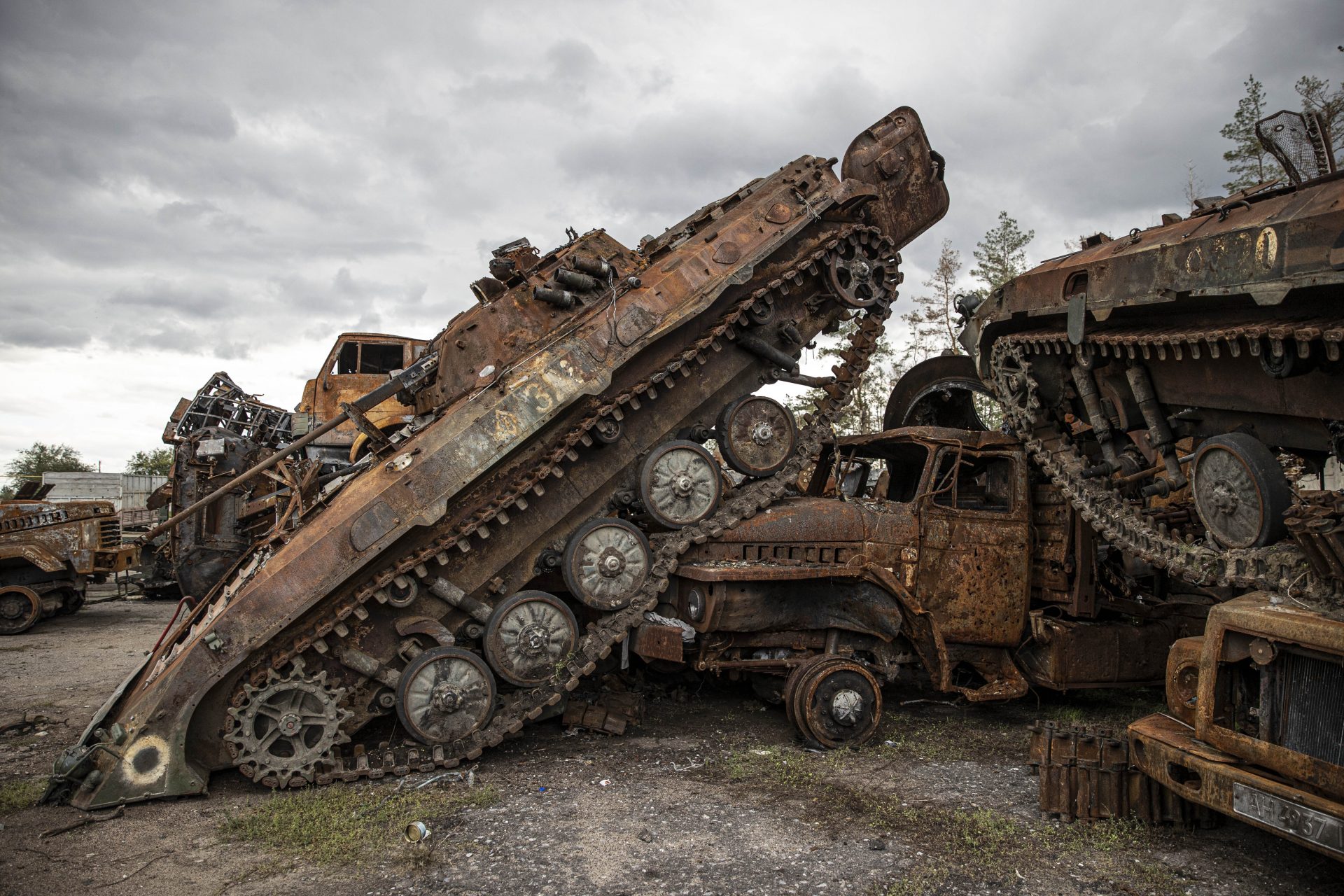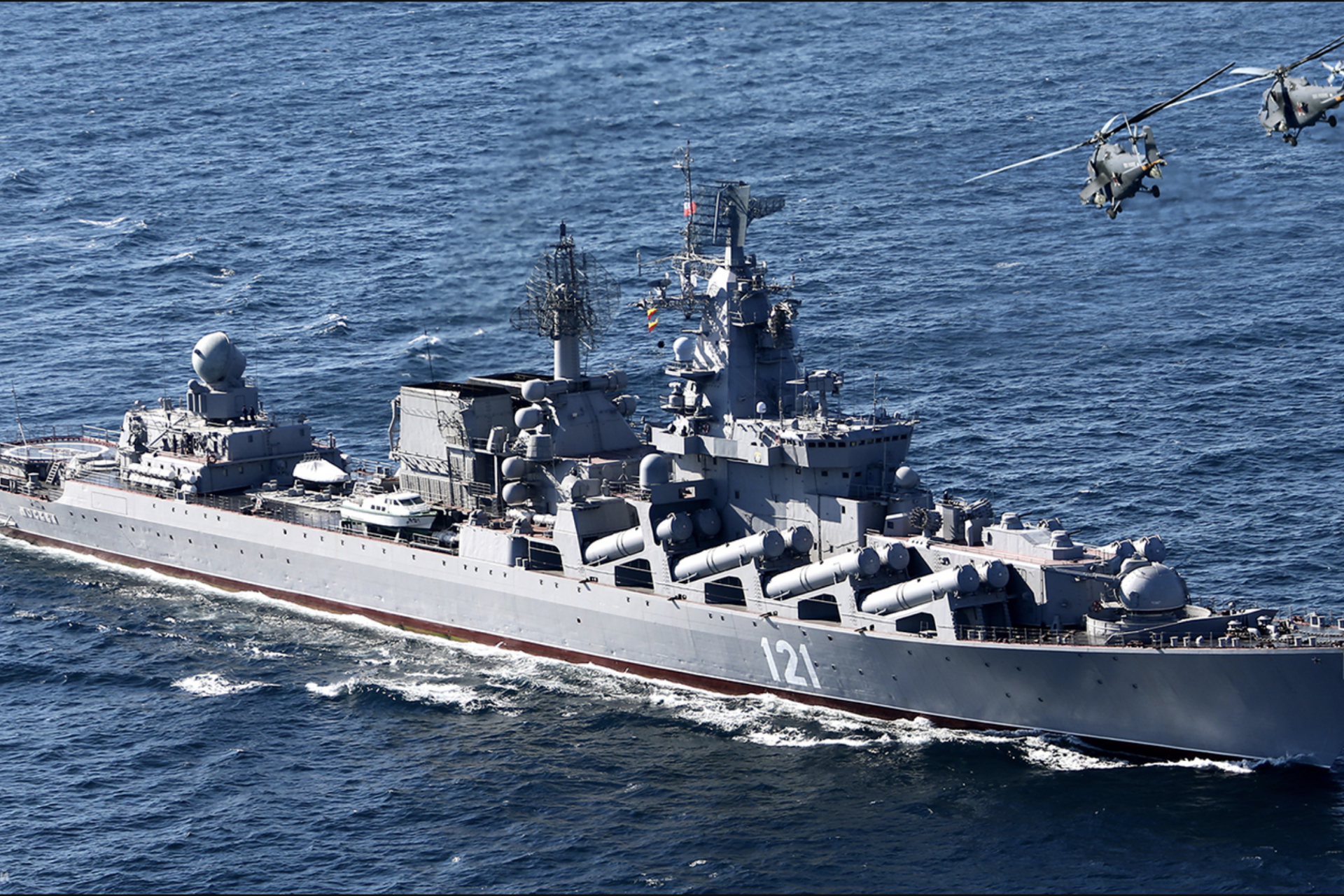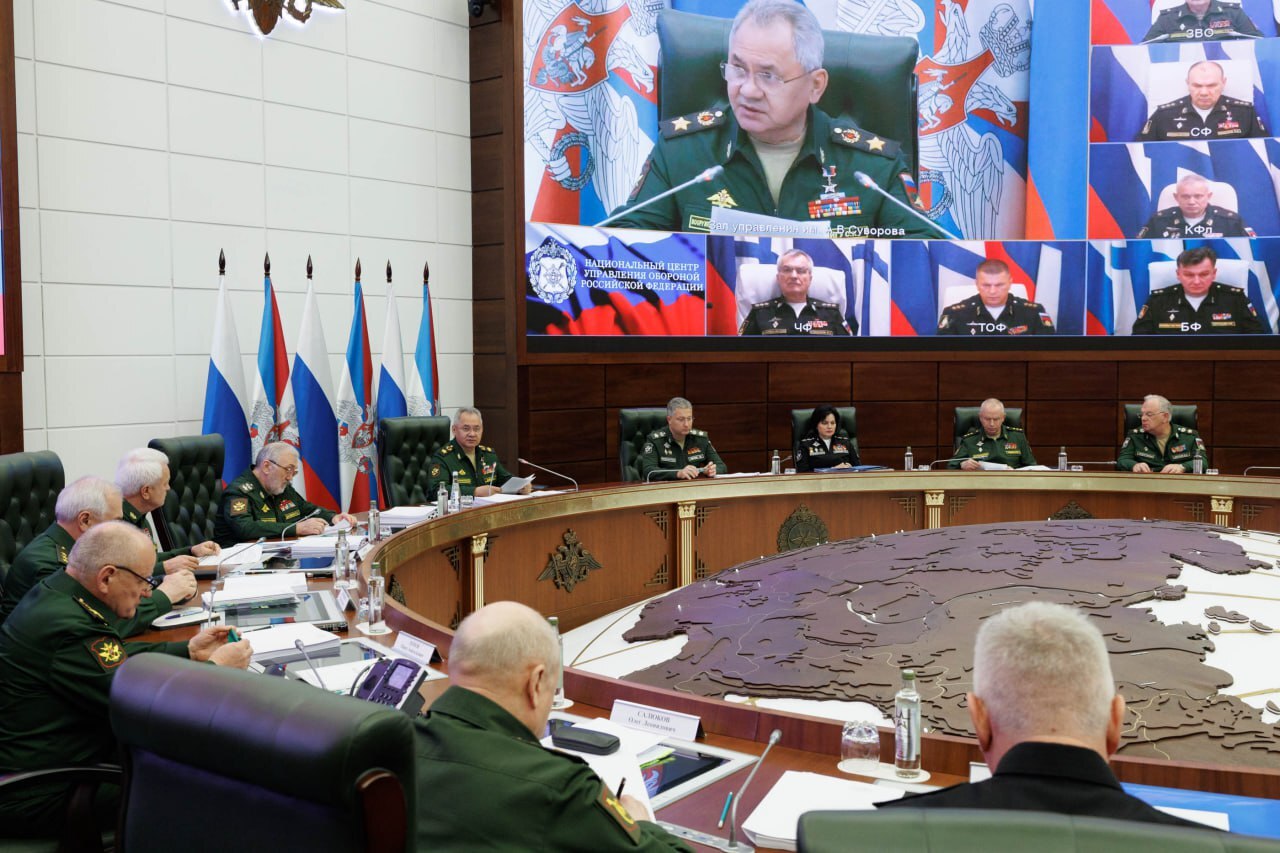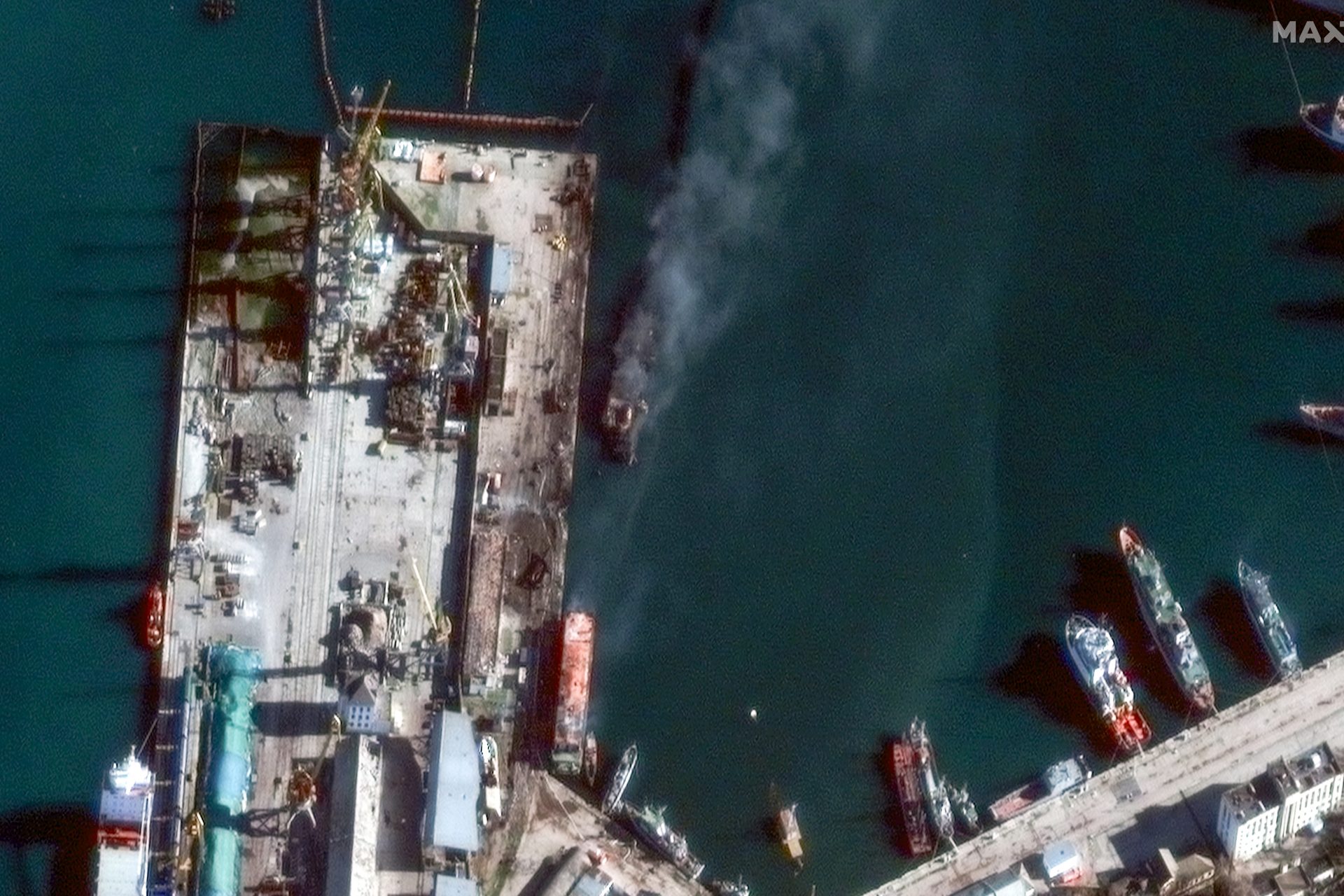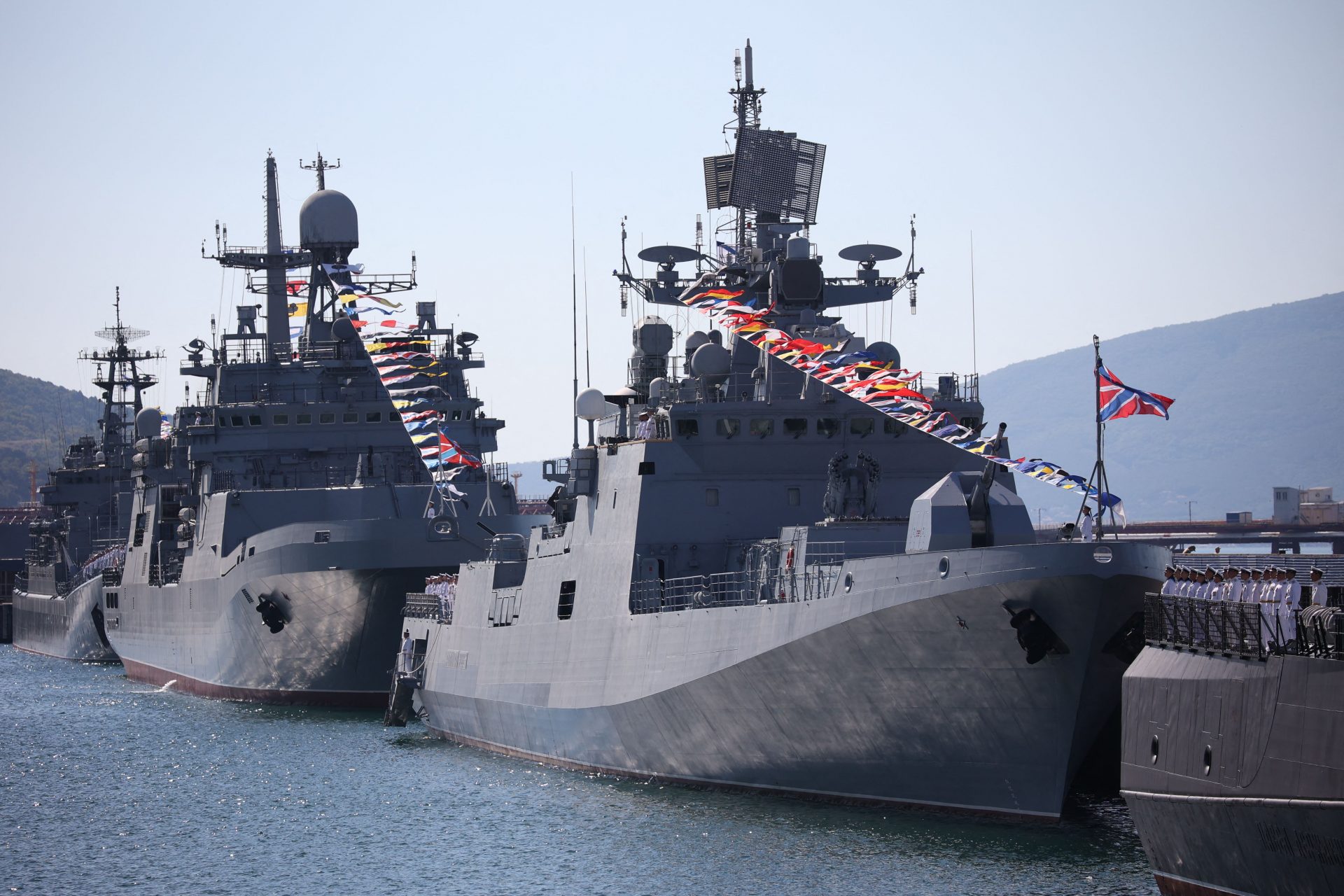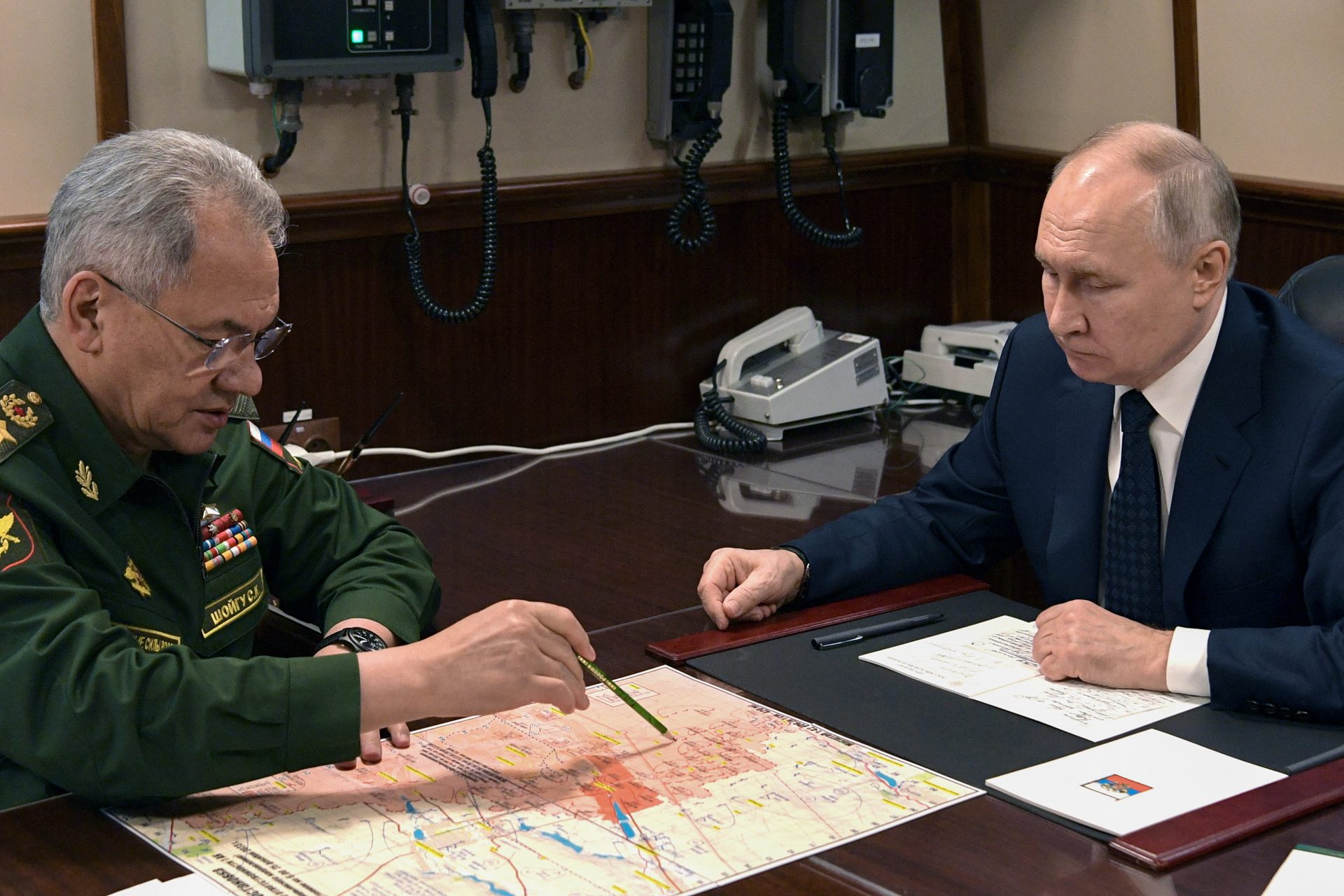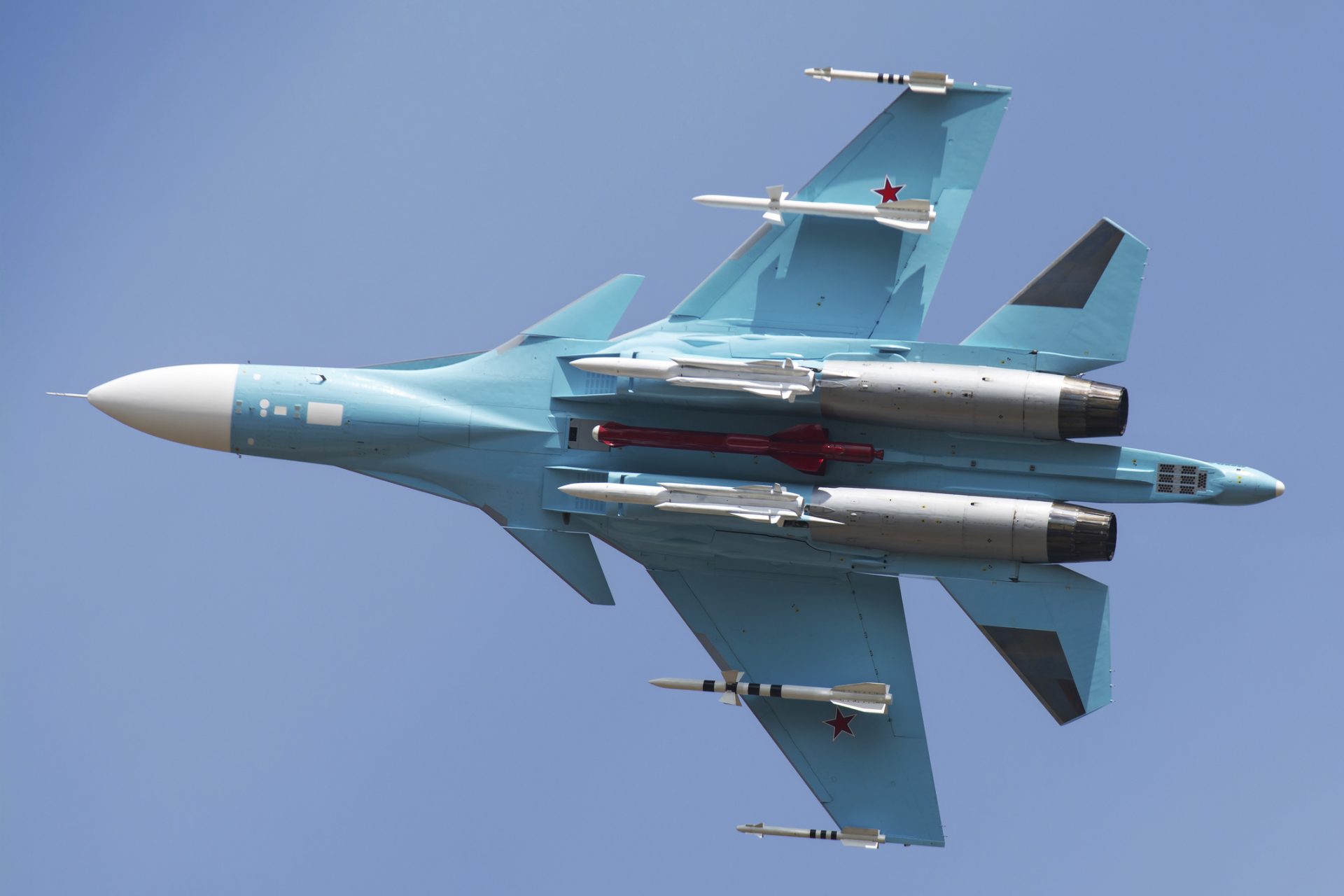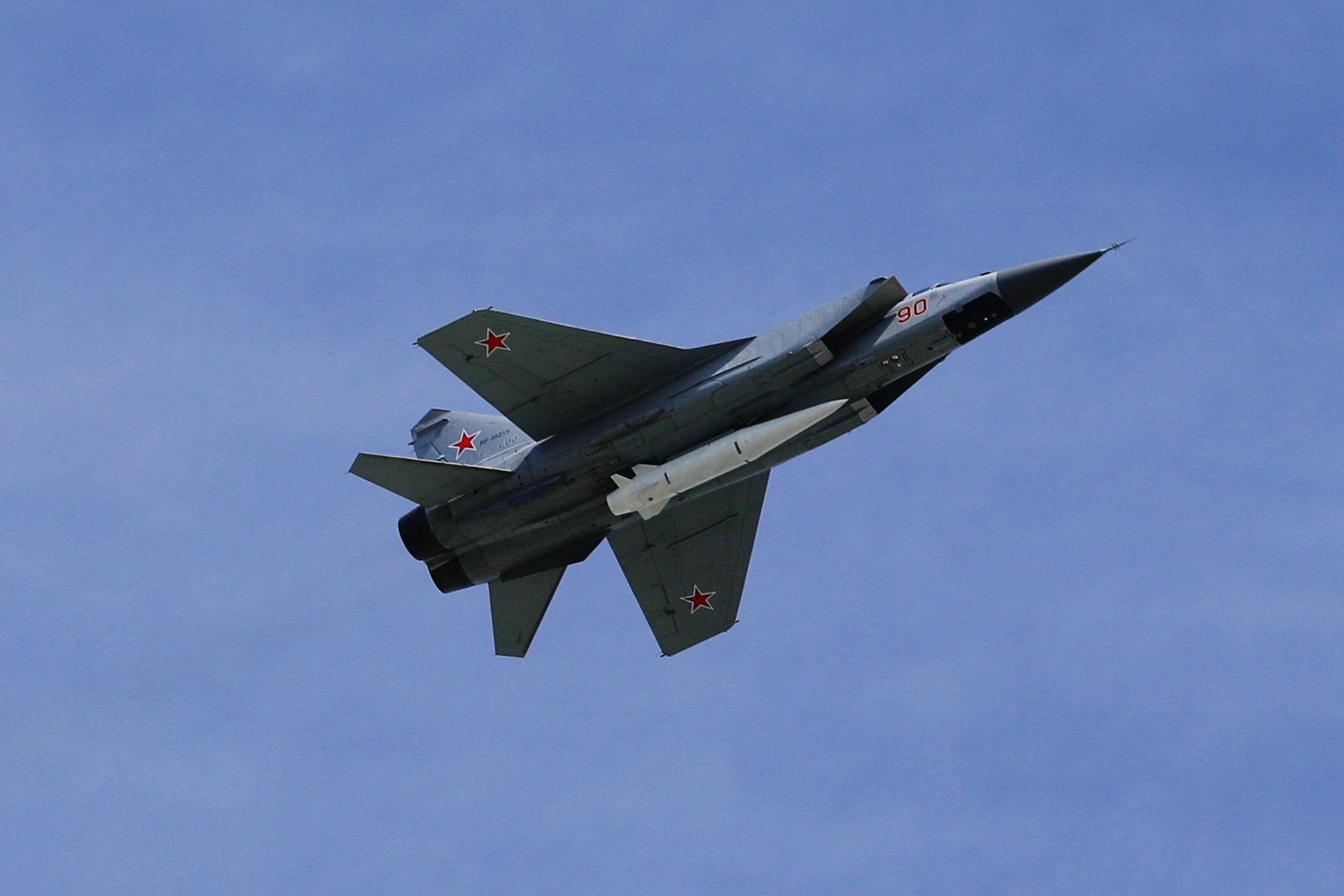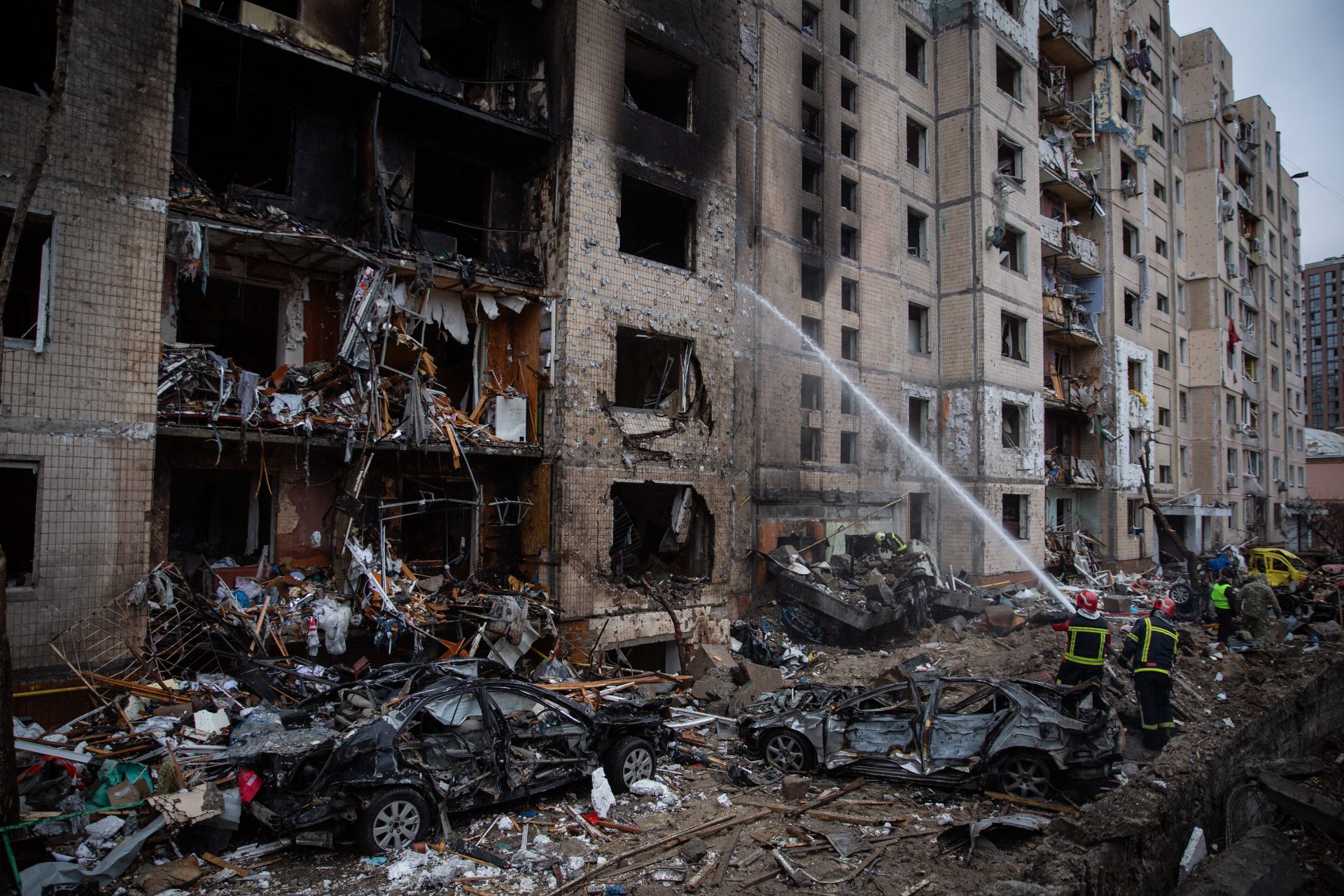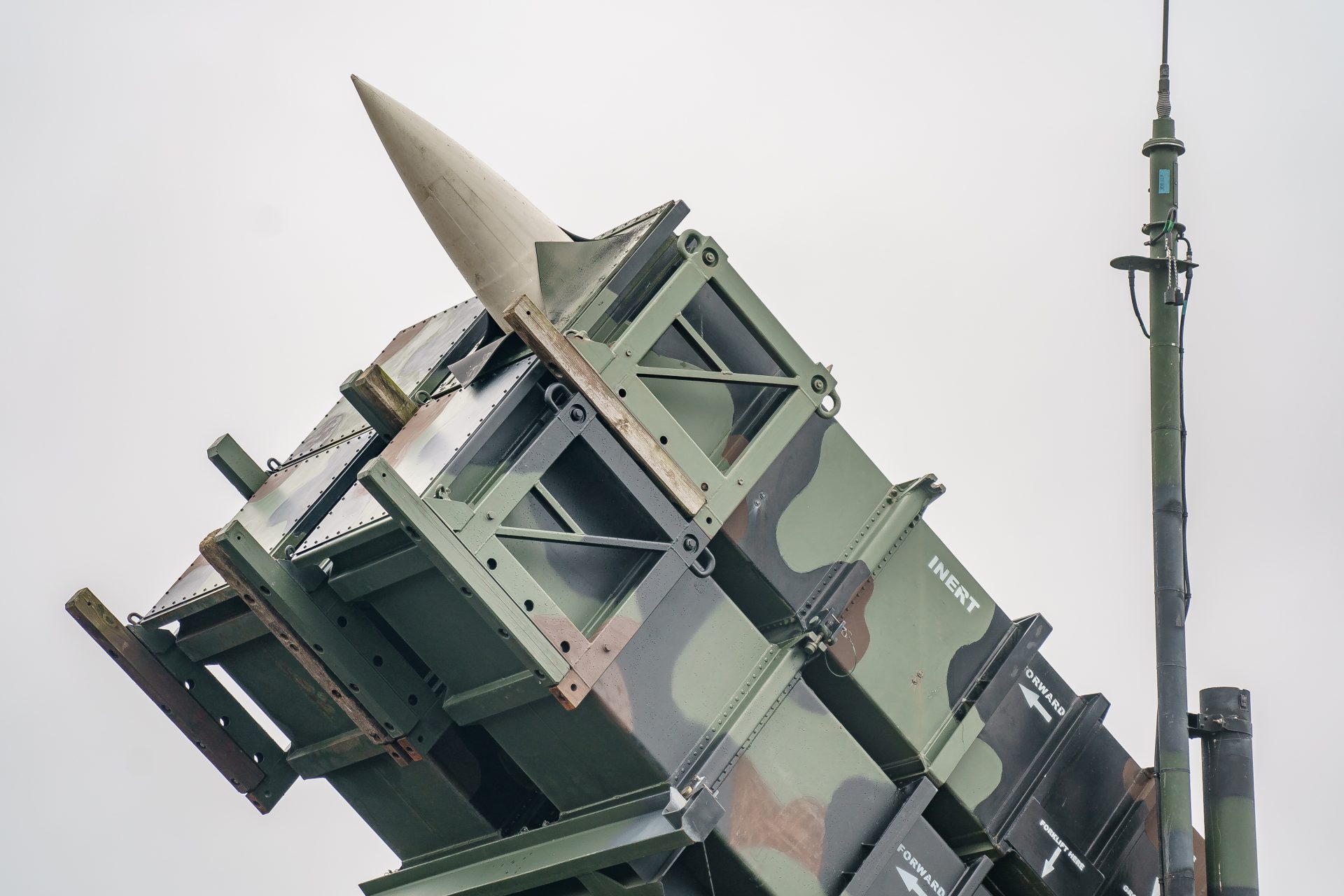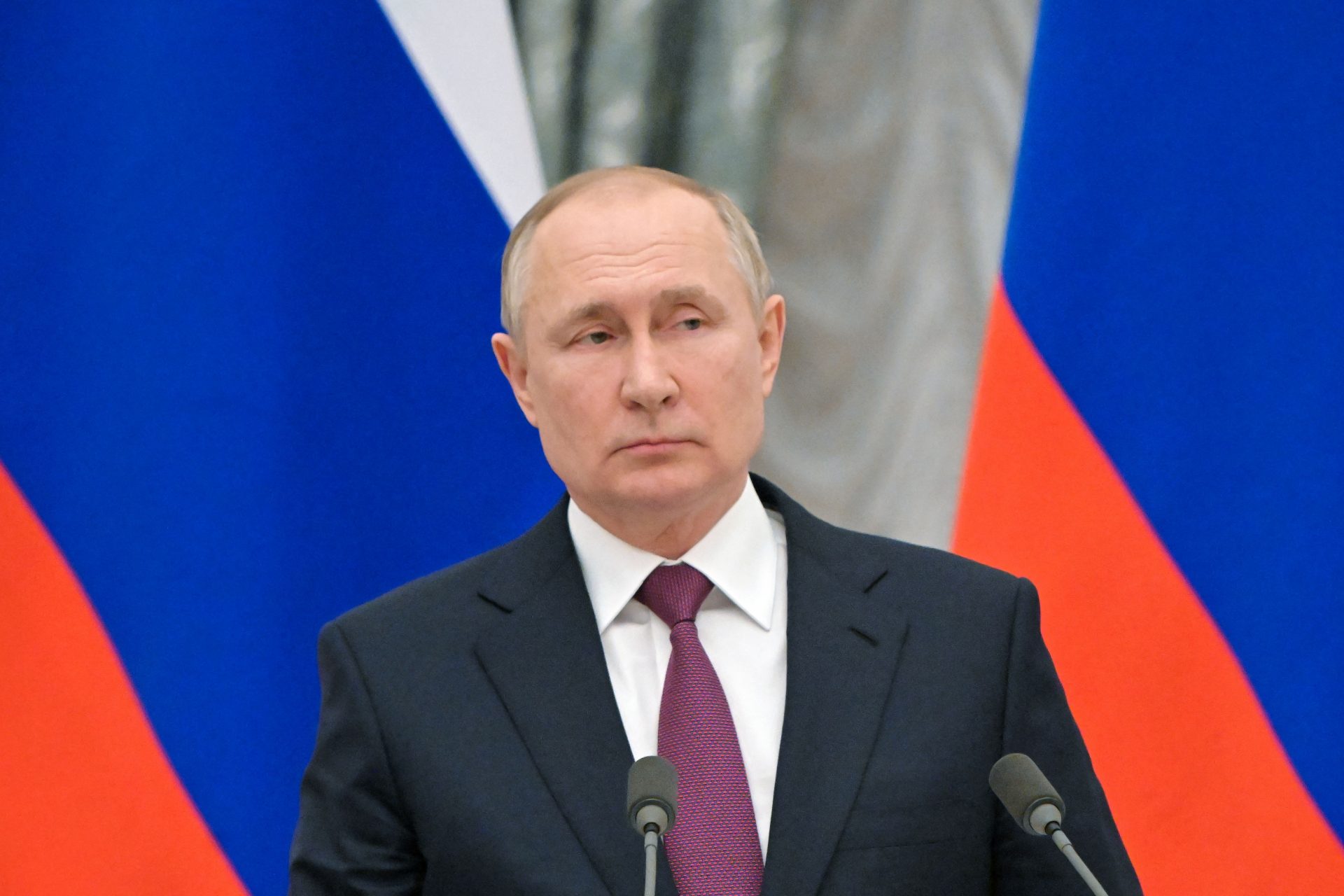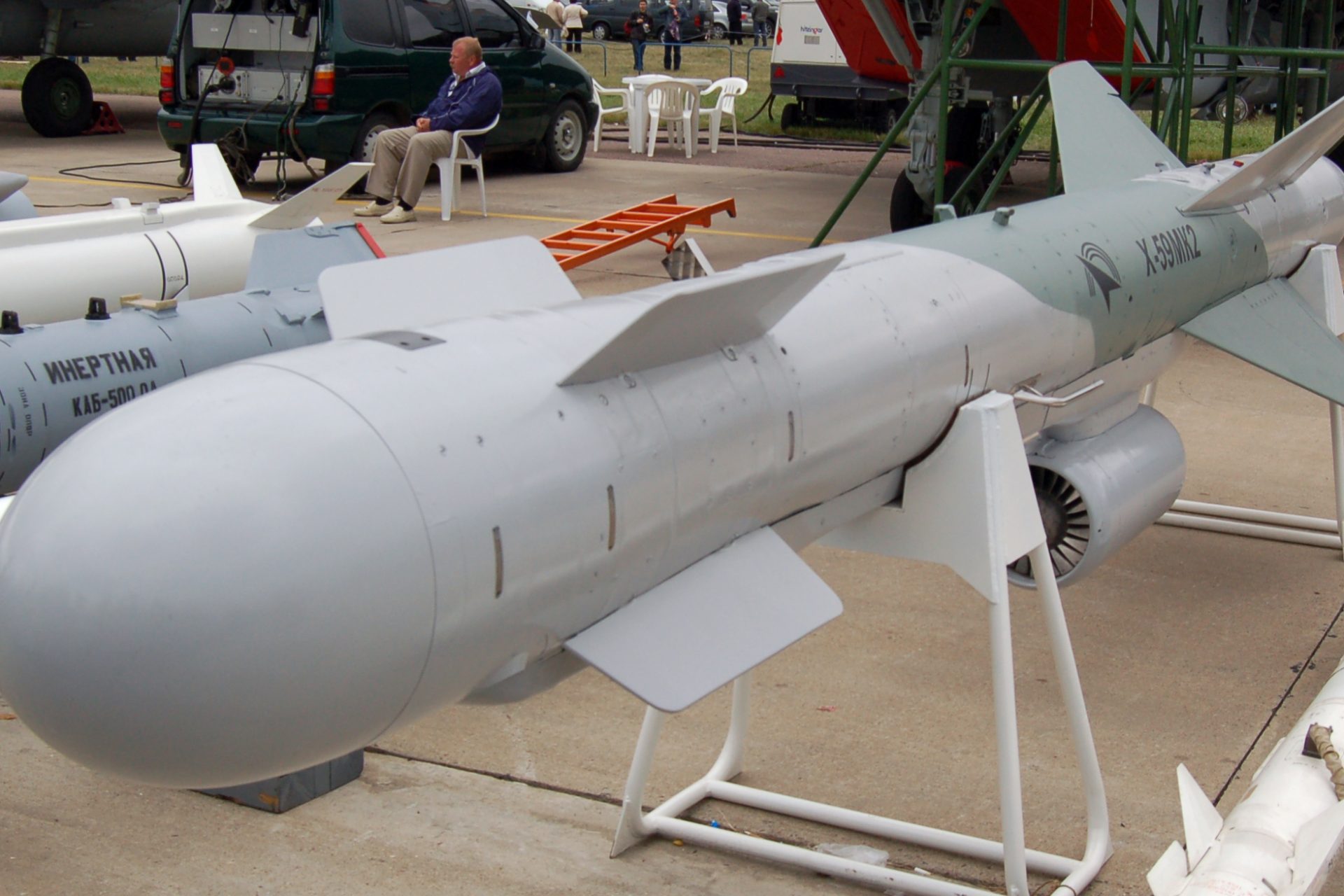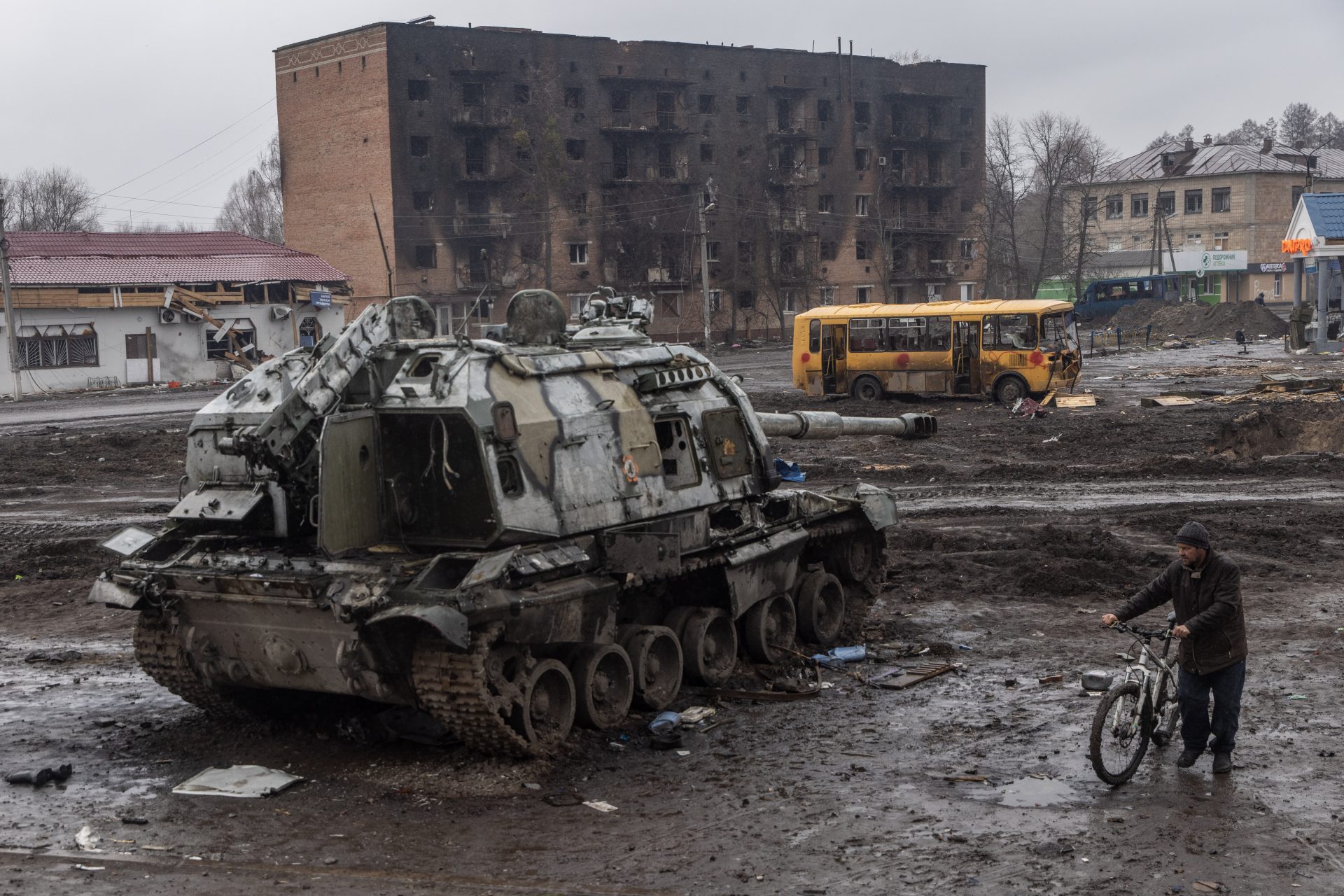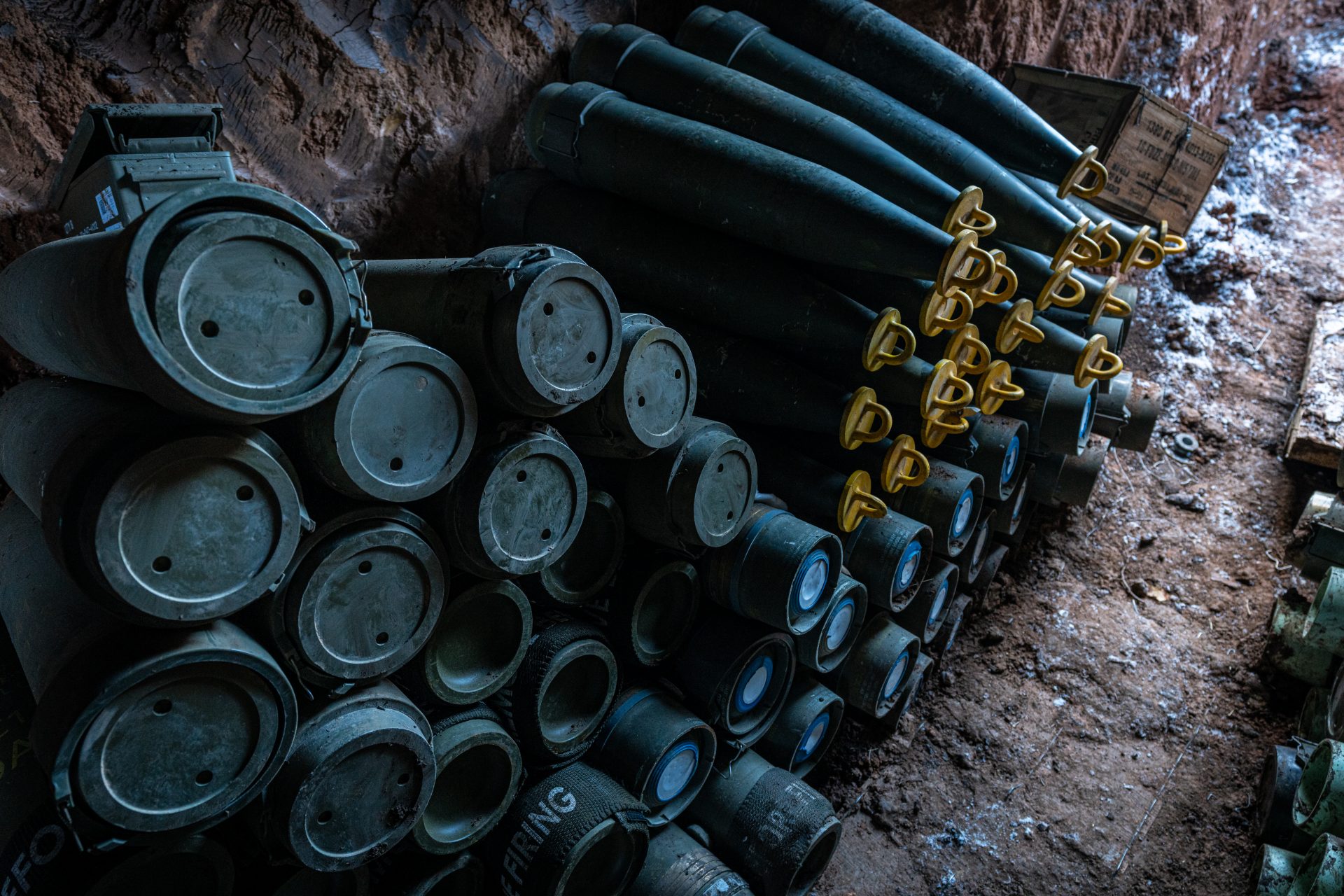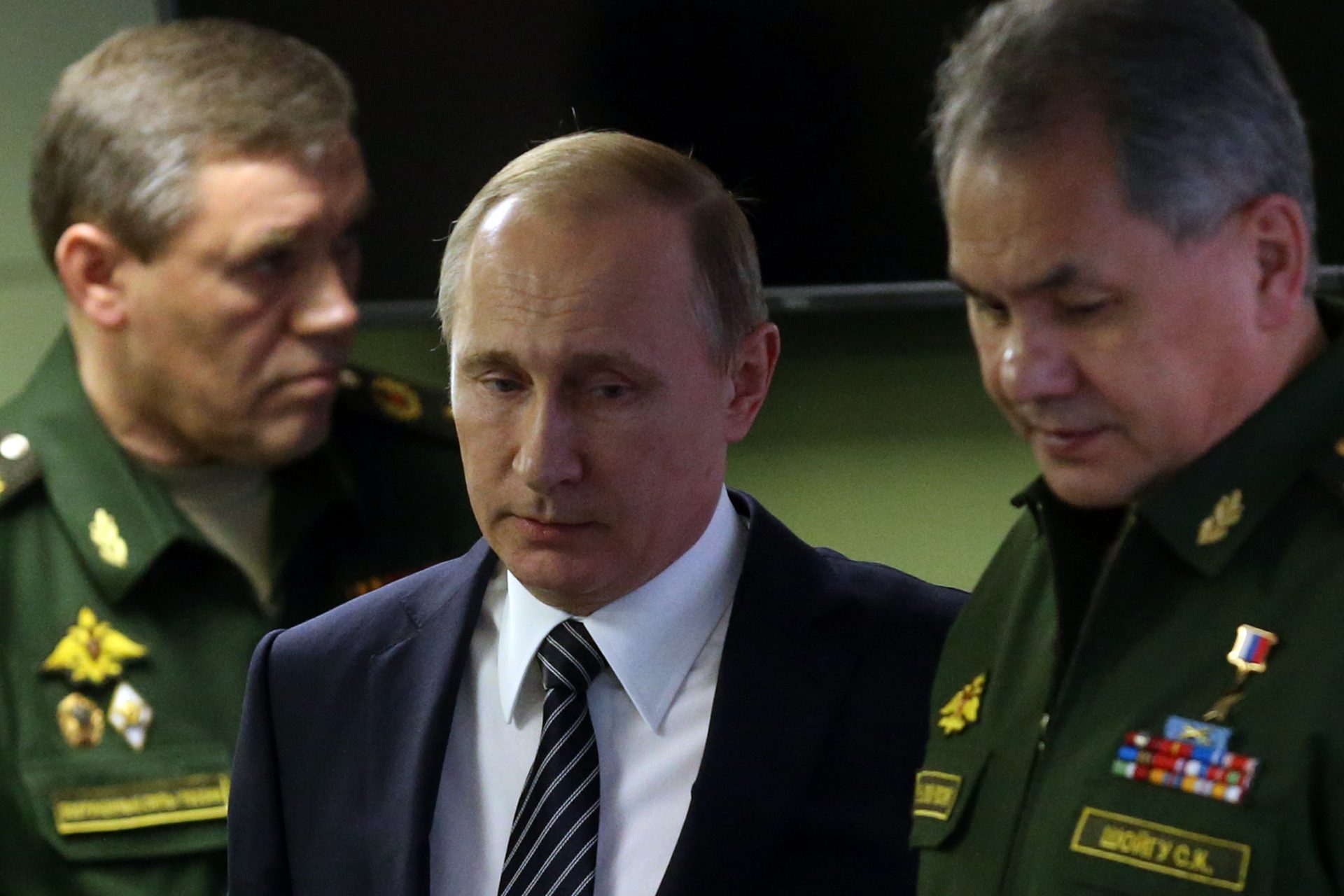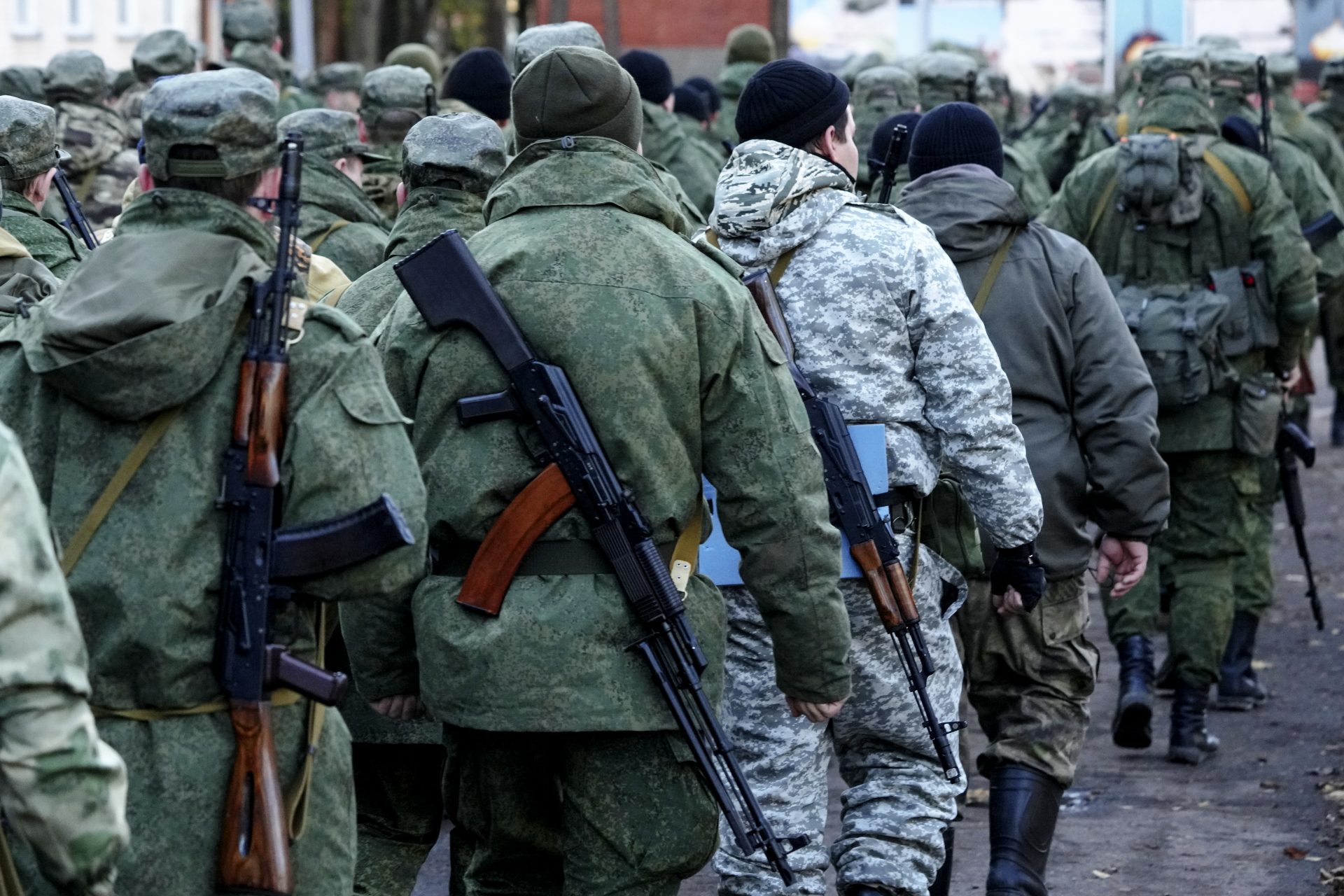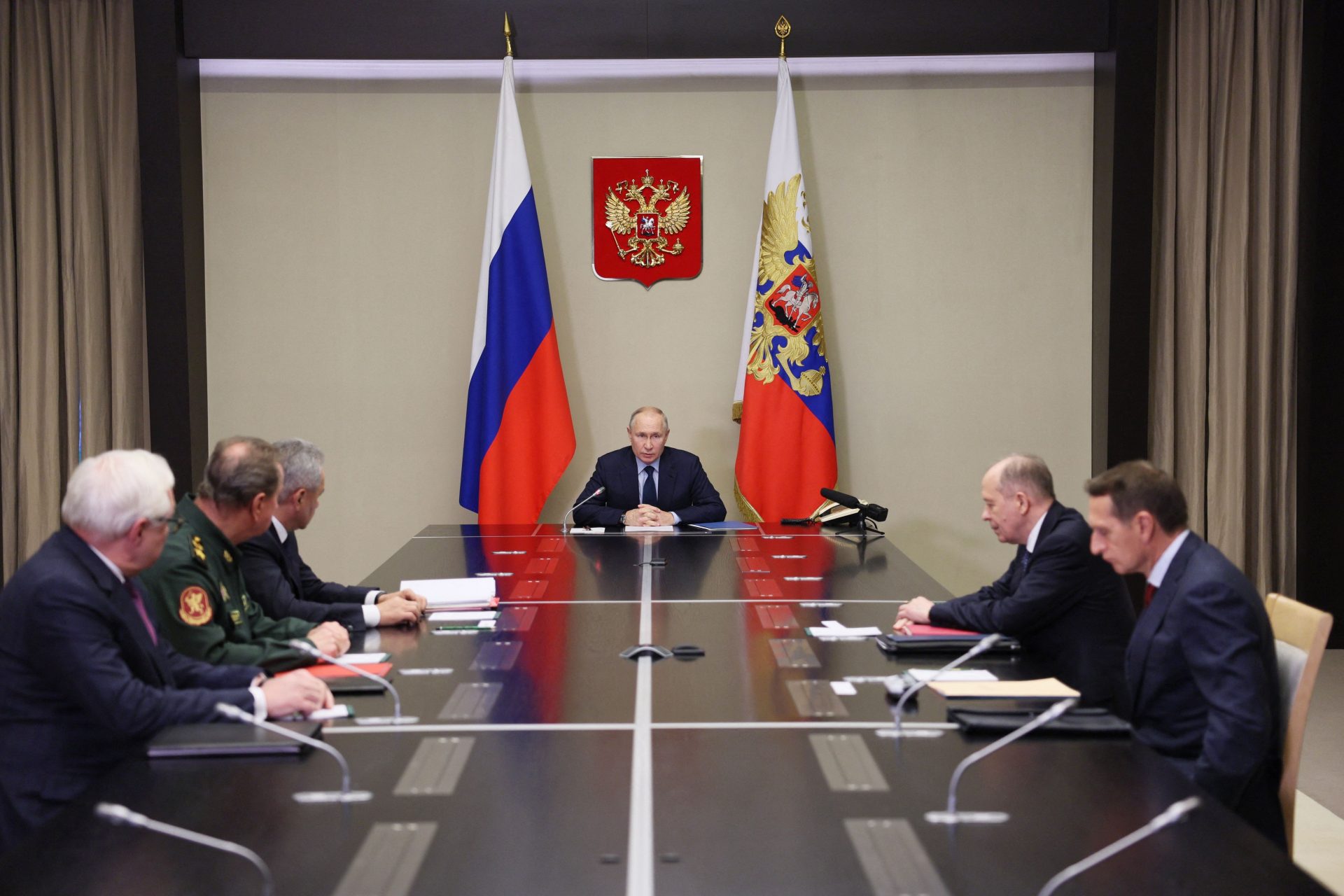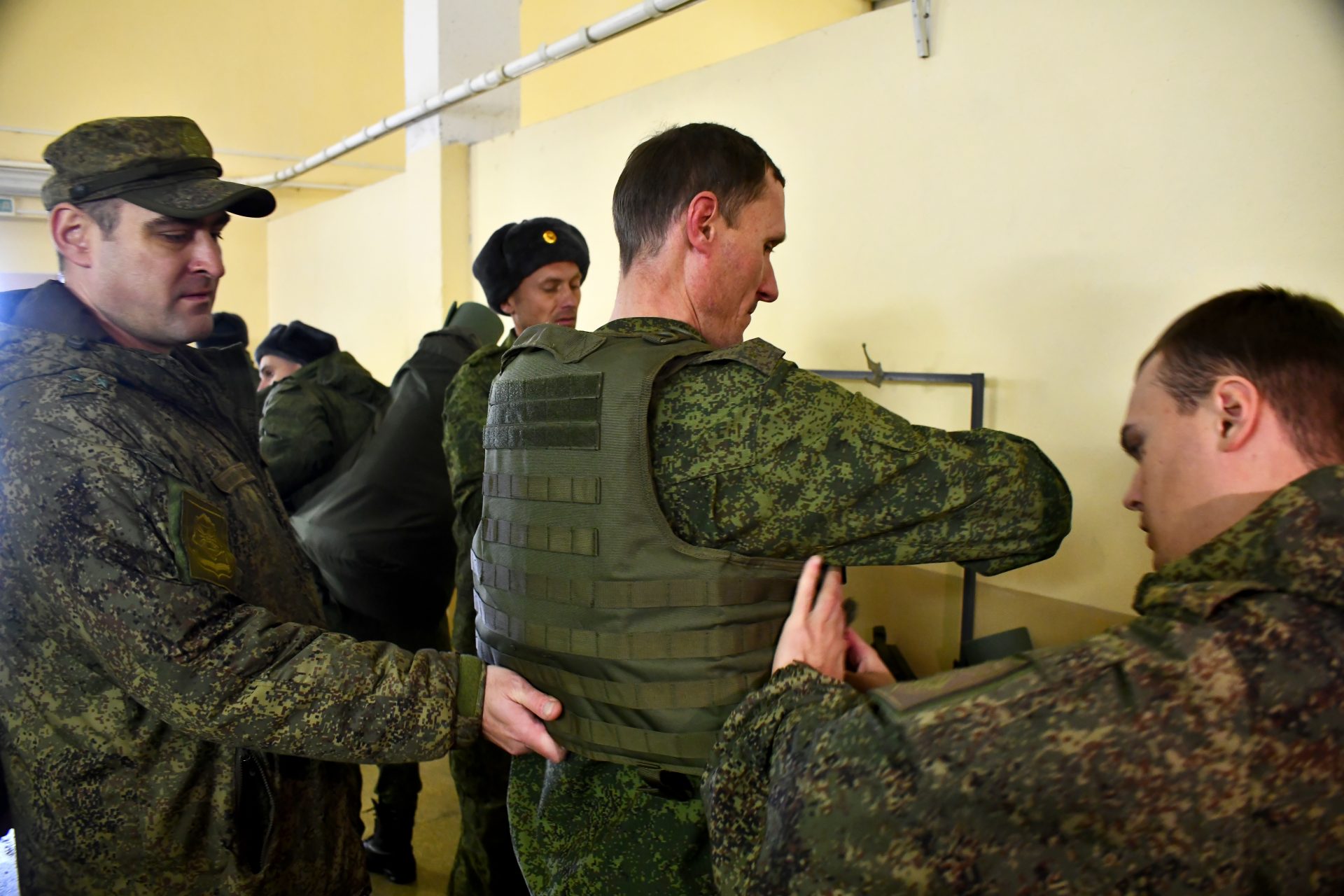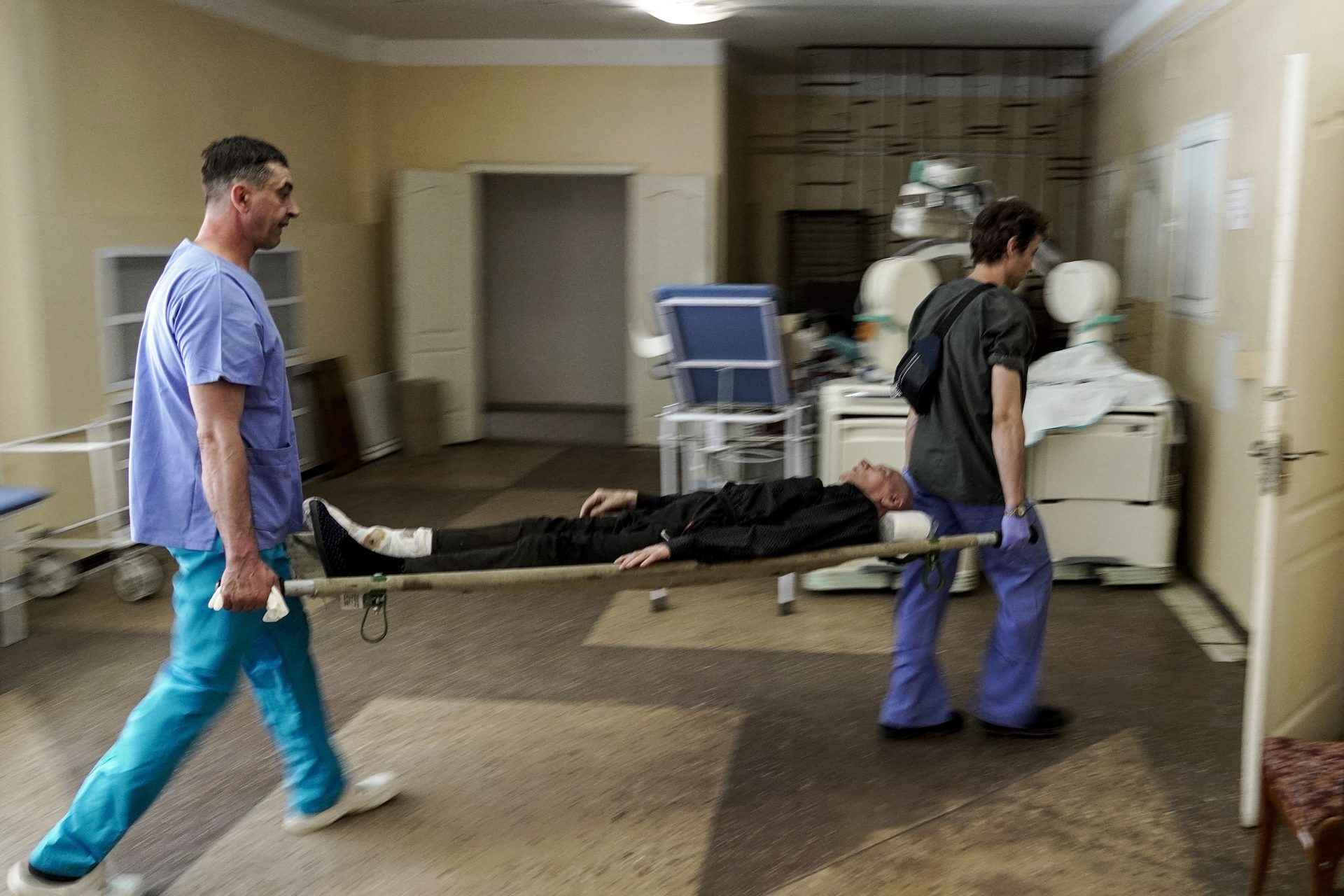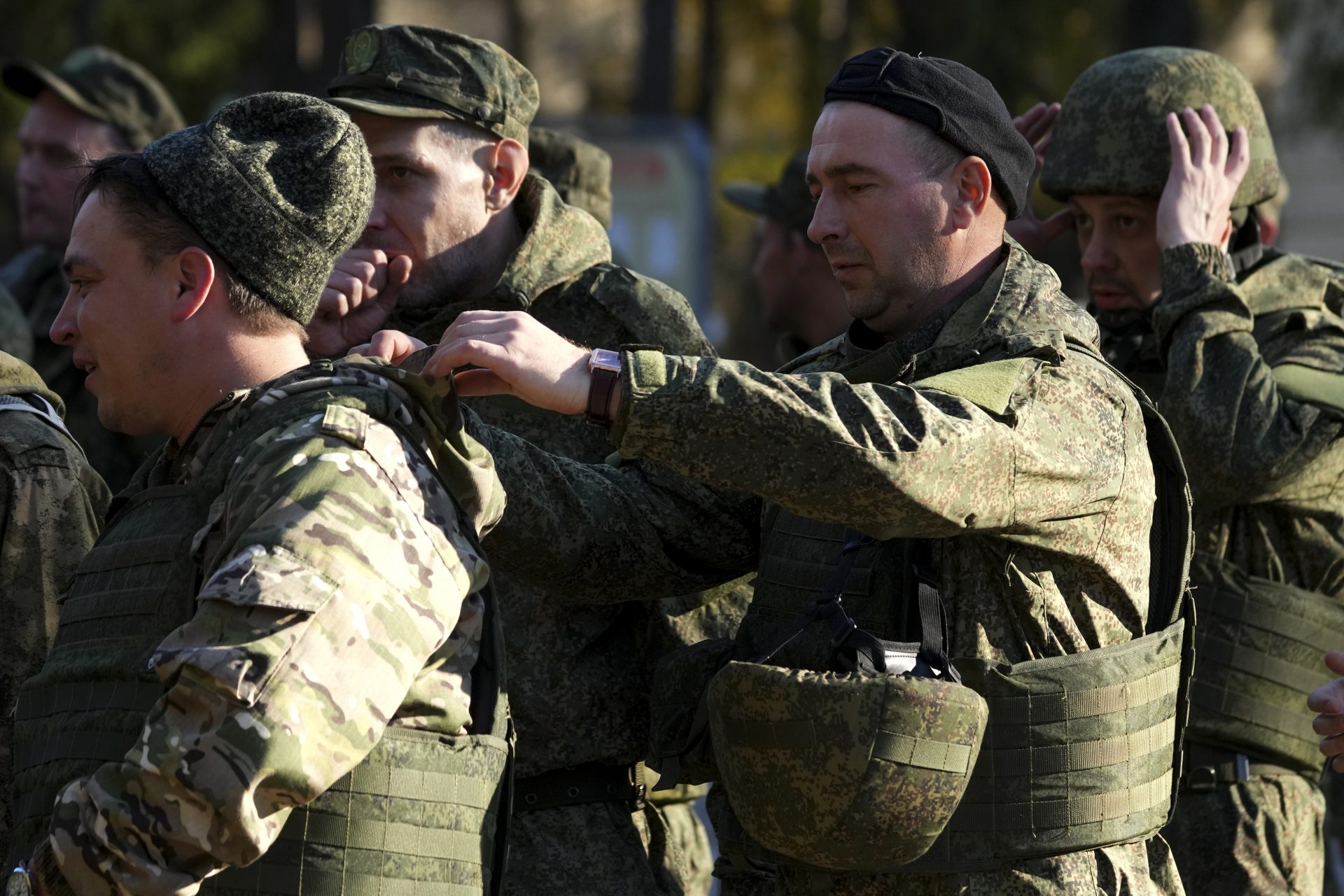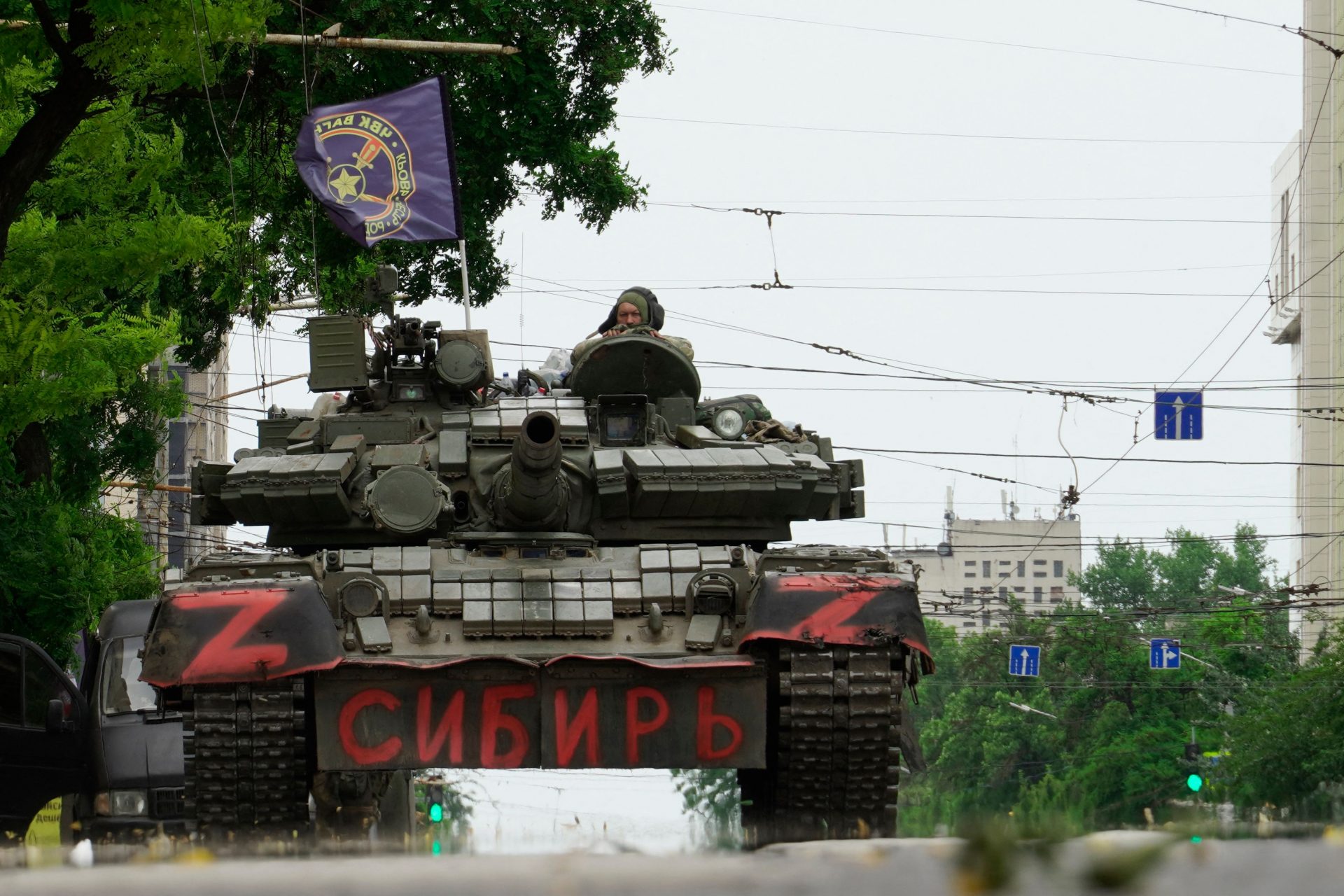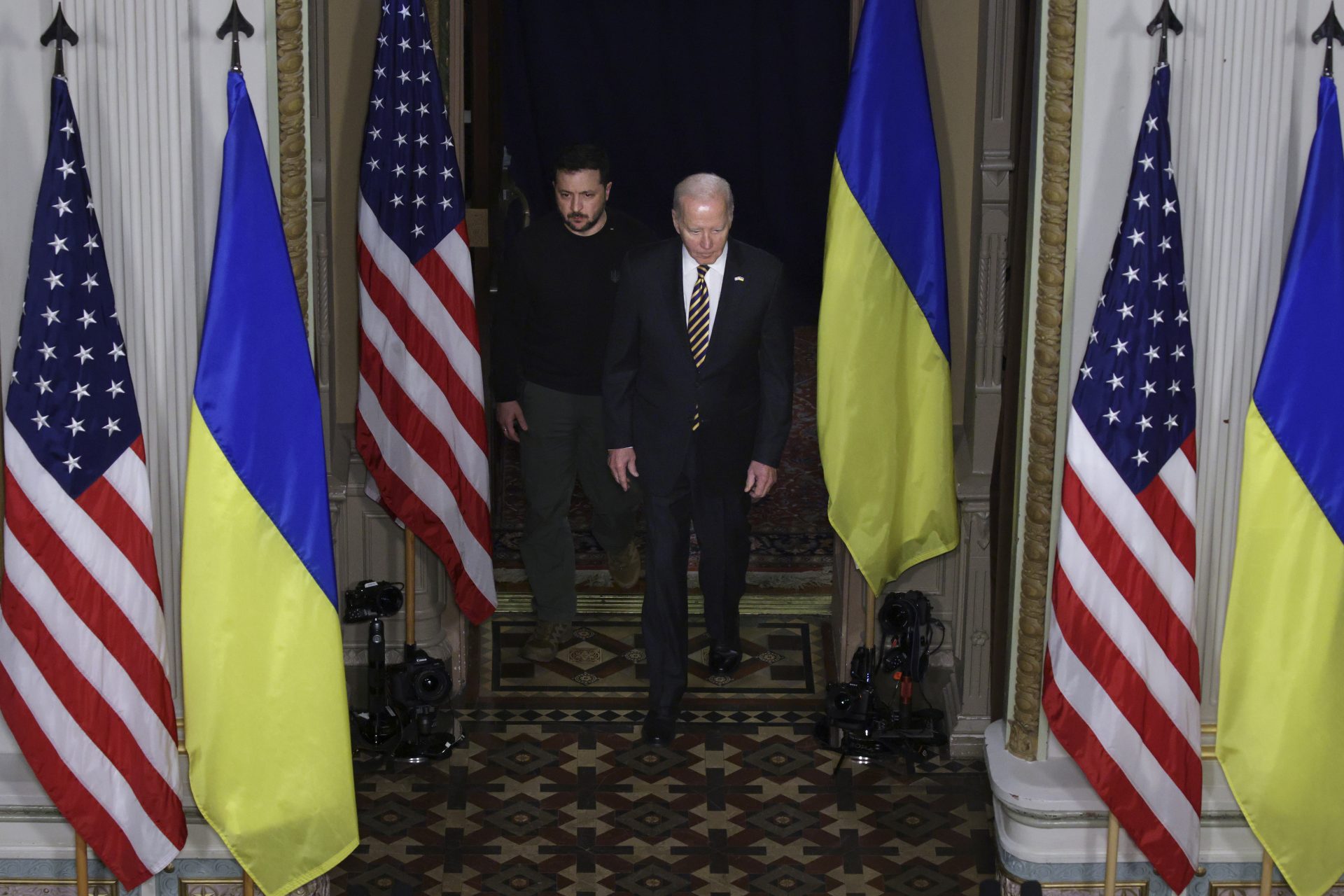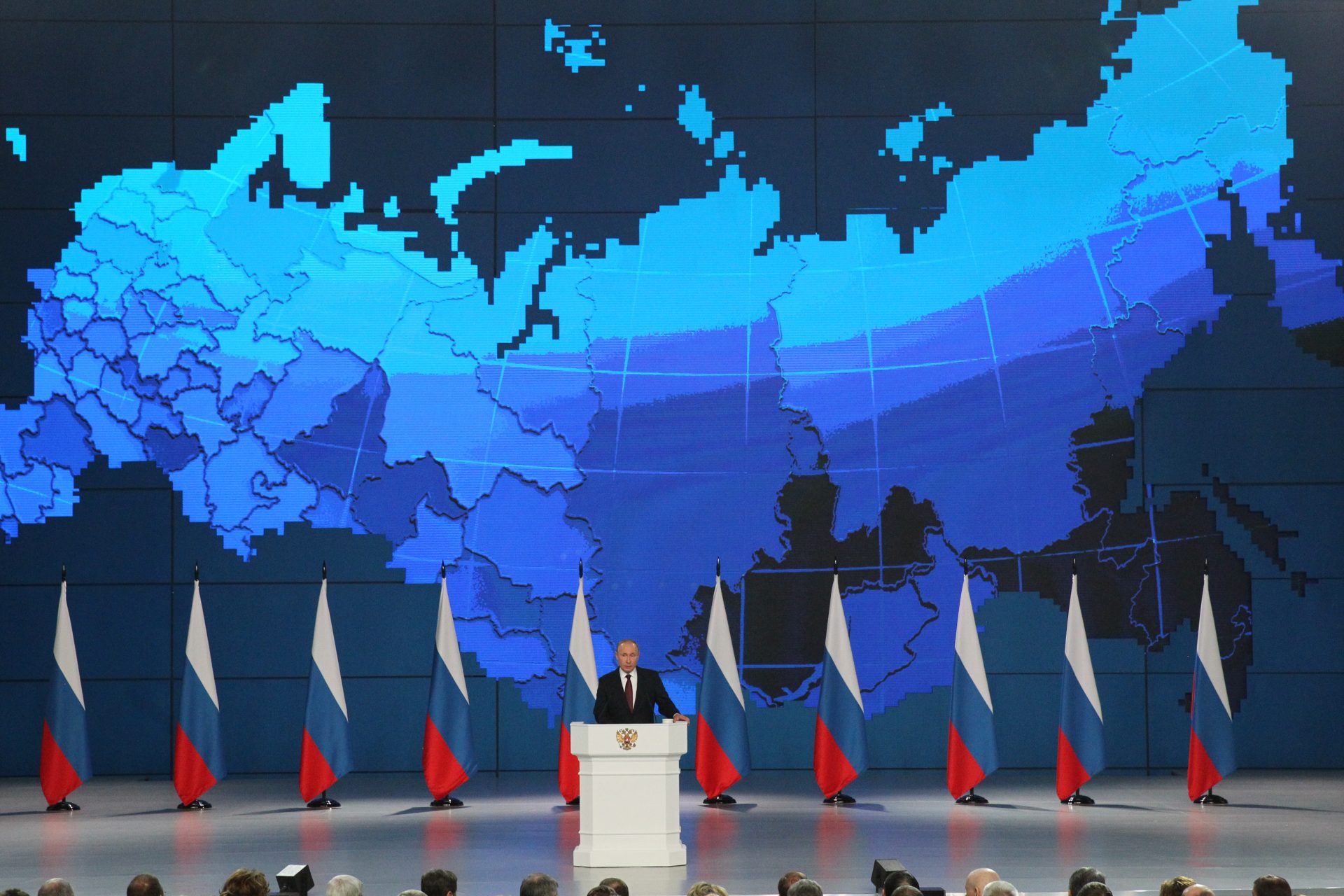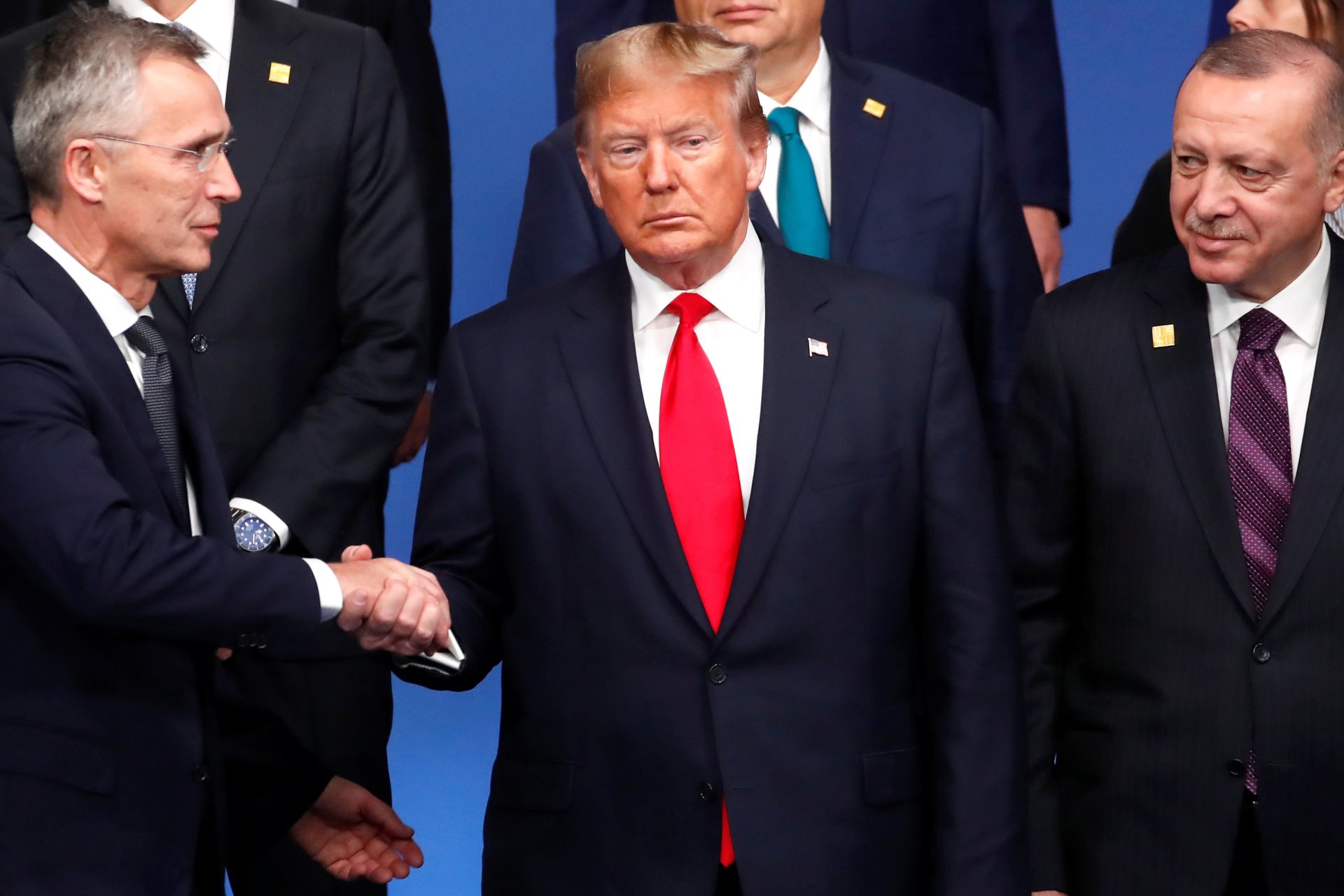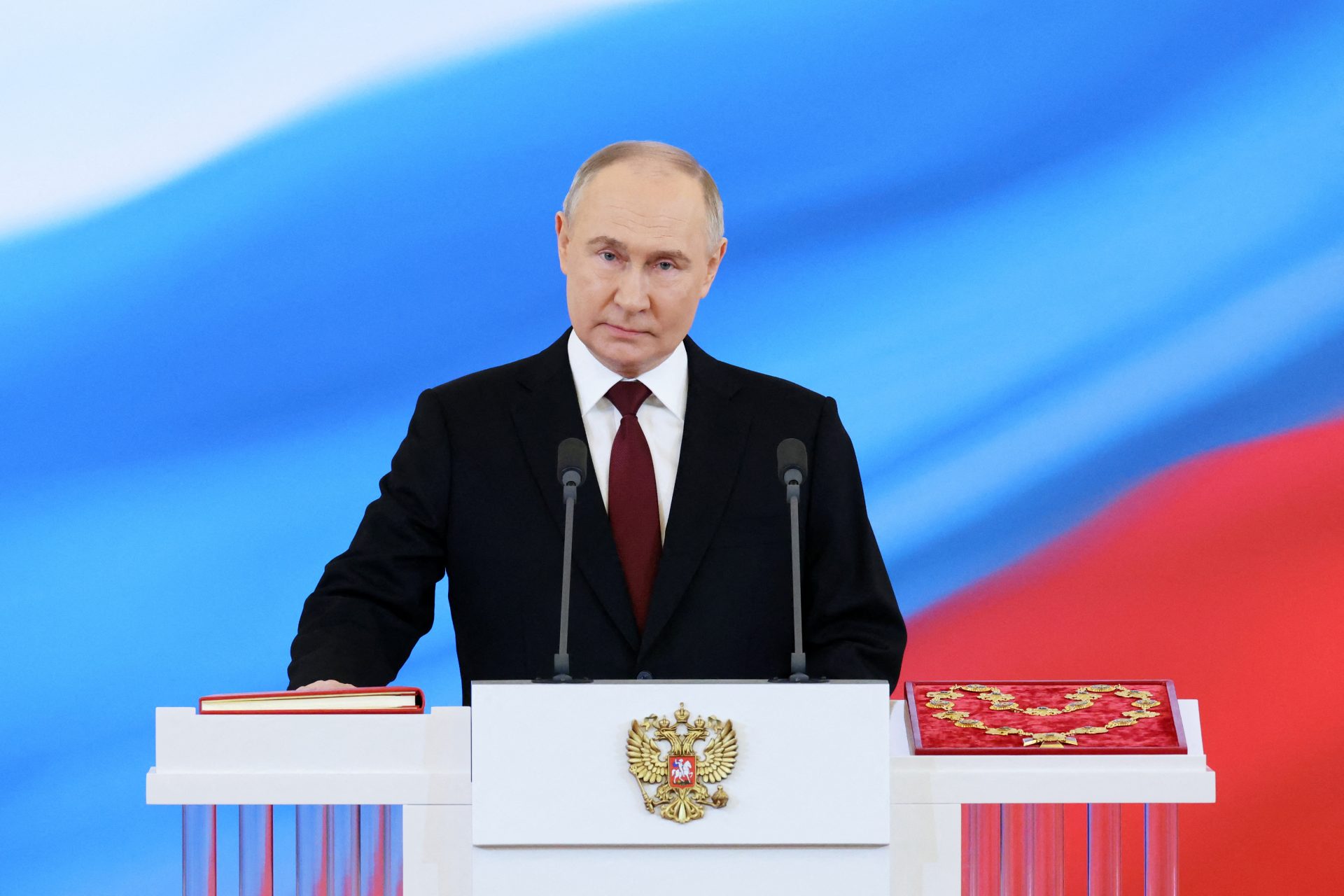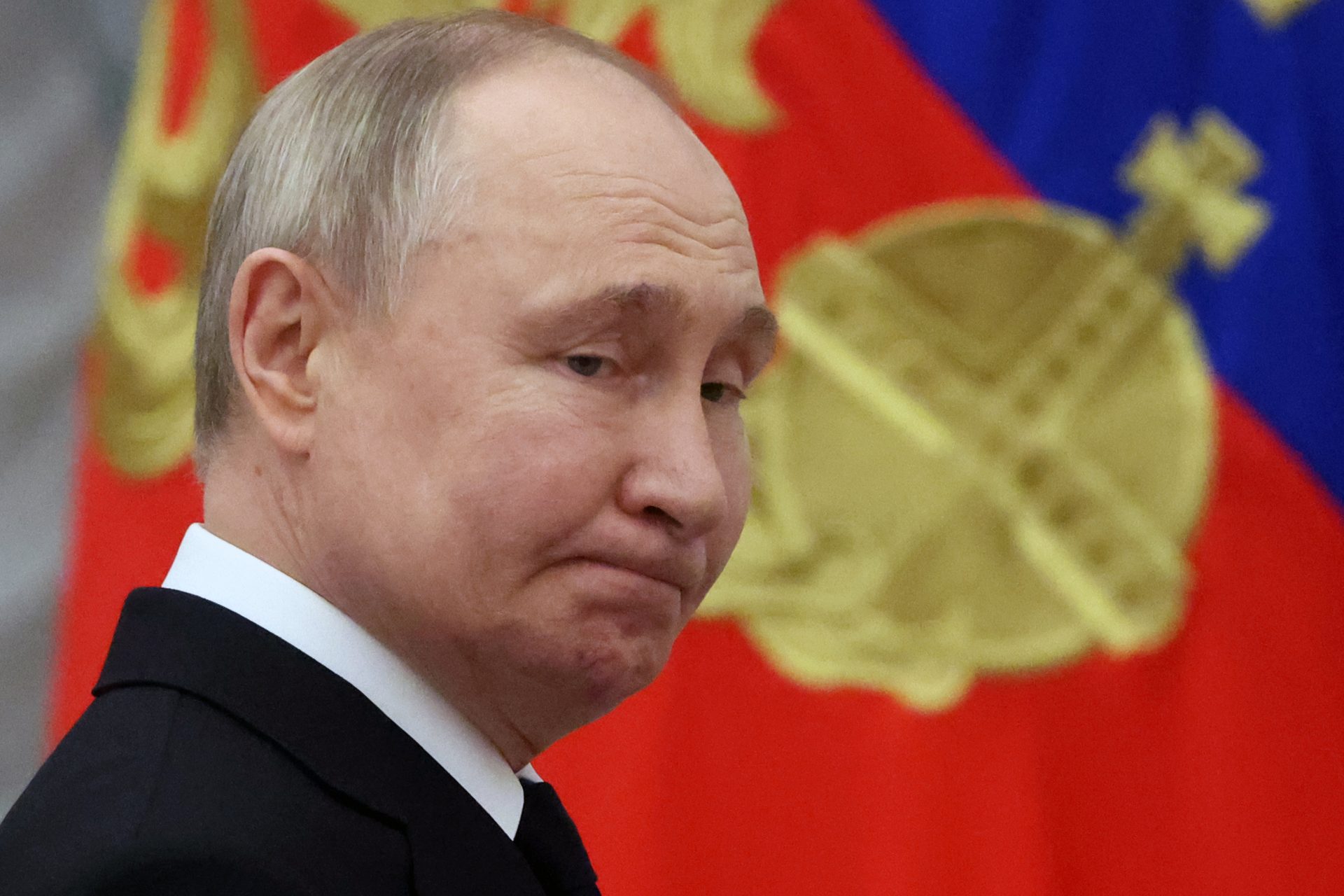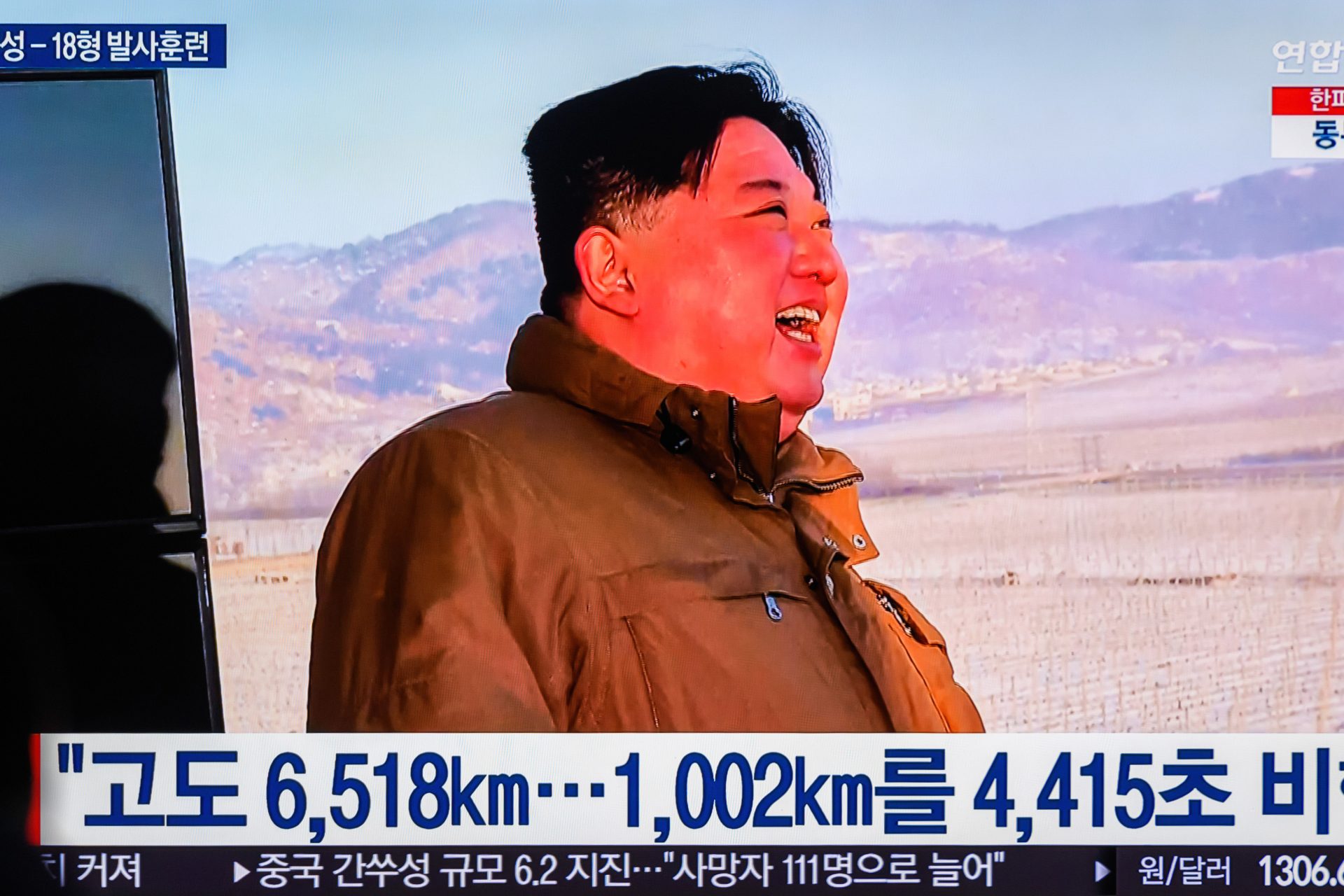Ukraine can beat Russia if the conflict turns into an attritional war
The Ukrainian Armed Forces face a difficult future following its failed summer offensive. However, that doesn’t mean that Ukraine can’t still win what is rapidly turning into a war of attrition, according to one expert.
Dan White is an associate intern at the Wilson Center’s Kennan Institute. He specializes in post-Soviet security policy and recently argued in a new report that Ukraine can win a war of attrition against the Kremlin.
White’s argument centers around two core realities of the current war. First, Moscow is having its military potential degraded by the current fighting, and second, Russia has several state-level issues that hinder its ability to prosecute an attritional war.
When it comes to the argument that the war is degrading Russia’s military potential, there is clear evidence that Ukraine is destroying several of the Kremlin’s military key naval, air, and land capabilities.
Ukraine has dealt a number of serious blows to the Russian Black Sea Fleet, including the sinking of the fleet’s flagship, the Moskva, in the first weeks of the war and the damage or destruction of sixteen other vessels.
Photo Credit: Wiki Commons By Mil.ru, CC BY 4.0
Among the most important casualties were nine modern vessels that “hobbled” the Black Sea Fleet, according to Radio Free Europe. Everything from landing craft to subs and patrol boats to corvettes have been knocked out.
The situation on the Black Sea has prompted Moscow to retreat from its headquarters in Sevastopol to the Russian port city of Novorossiysk in October 2023, a shift reported by several news outlets, including the Wall Street Journal.
However, Novorossiysk wasn’t the final stop for the Black Sea Fleet. Just days after the first move, reports from news organizations like Reuters began circulating that Moscow planned to move its fleet to the pro-Russian Georgian breakaway area of Abkhazia.
“This is huge,” the Center for European Policy Analysis’ Olga Lautman explained to The Hill about Ukraine's victory on the Black Sea. “They literally shifted the balance in the Black Sea… they’ve taken out Russia’s navy and pushed them out for the most part.”
Things haven't been going well for Moscow in the air either. Kyiv’s growing air defenses and the density with which they’ve been placed throughout the country have closed off a formerly favorable advantage that Russia’s heavy bombers enjoyed.
White pointed out that the Russian air assets are increasingly “unable to leverage much of its potential power.” Moscow has tried to fill the gap it faces with air-launched missiles and glide bombs. But this option is both more expensive and more complex.
“Russia will ensure an ample supply of cruise missiles and glide bombs for the duration of the war, but doing so will impose high costs on Russian industry,” White wrote. But it would cost Russia hundreds of millions or billions of dollars, making it unsustainable.
“For all the expense, none of these massive bombardments has yielded any decisive results in degrading Ukrainian military potential,” White continued, adding that the real issue for Russia was that Ukraine's strategic air defense depth wasn't in the country.
Ukraine's air defense network is heavily reliant on Western-supplied equipment and ammunition, which is made at facilities and factories that Russia can’t destroy since they are located in countries across the European Union and in the United States.
Russia doesn’t have the same strategic advantage when it comes to its military supplies, and Ukraine can threaten Russian production with long-range strikes in a way that Moscow can’t match, a situation the Kremlin is already suffering from.
For example, in November 2023, Ukraine attacked a Russian aircraft factory 200 miles or 320 kilometers behind enemy lines with a wave of 35 drones according to reporting from The Telegraph. That factory also produced Kh-59 cruise missiles.
Photo Credit: Wiki Commons By Allocer - Own Work, CC BY-SA 3.0
White pointed out that the “cumulative effects of the past several months of stepped-up Ukrainian attacks on Russian logistics, air defenses, and artillery have been devastating for the Russian military.”
Russia’s rate of artillery fires has dropped from 45,000 to 80,000 shells per day during the height of the 2022 Ukrainian summer offensive down to just 10,000 to 15,000 shells at the beginning of fall 2023 according to White.
“This is a serious problem for the Russian military as artillery units have arguably been its most effective fighting force, responsible for inflicting as many as 70 percent of all Ukrainian casualties.” Still, Russia’s real attritional war issues are in its manpower problems.
Declassified US Intelligence figures released to the public in December 2023 showed Moscow had suffered at least 315,000 casualties from February 2022 to that point in the war, a figure representing 97% of the personnel Russia began the war with an unnamed source told Reuters.
“The ongoing strategy of throwing away huge numbers of lives and equipment to achieve meager ends is degrading morale and leadership and shows that the Russian military is either unwilling or unable to learn from past mistakes,” White wrote.
“None of these explanations bodes well for Russia’s prospects in a long war,” White added. But it is Russia’s manpower issue where the country’s state-level problems begin to kick in if it were to try and prosecute an attritional war.
Russia has a far larger pool of manpower to draw on for use in the war but its unlikely that Moscow will be able to tap into its full potential in this respect because a massive portion of Russia’s military-aged population have fled the country.
In August 2023, the Economist reported Russia discovered somewhere between 817,000 and 922,000 people had fled Russia in the wake of the country’s invasion of Ukraine. Moreover, the Kremlin hasn’t been able to boost volunteer numbers.
“Government efforts to bolster the appeal of military service face a long-term uphill battle as the number of Russian casualties mounts. Maimed veterans will increasingly become the face of the war in Russia,” White wrote.
However, White added that even if Russian recruitment and mobilization efforts could be reformed to take advantage of its manpower reserves, the country’s armed forces could likely only field a limited number of soldiers due to the threat of internal revolts.
“The June Wagner rebellion highlighted just how quickly the Russian state can be paralyzed by armed internal revolts when disaffected actors organize, White wrote, adding it was safe to assume Russia had a limit of the population it could have under arms.
“This theoretical limit may even exceed that of the maximum size force the Russian military can actually employ in combat. The biggest army the Russians can put into the field may not be all that much bigger than what it has already deployed,” White continued.
With all of those factors in mind, White concluded that Ukraine could win an attritional war against Russia if it “maintains its determination and retains external support.” But such a victory would be heavily reliant on Ukraine's allies.
“The continued battering of both the Russian military and the Russian economy will eventually force Moscow to choose between an indecisive end to the war or risk Russia losing its place as a major power as the West slowly but massively re-arms over the next several years,” White concluded.
More for you
Top Stories



